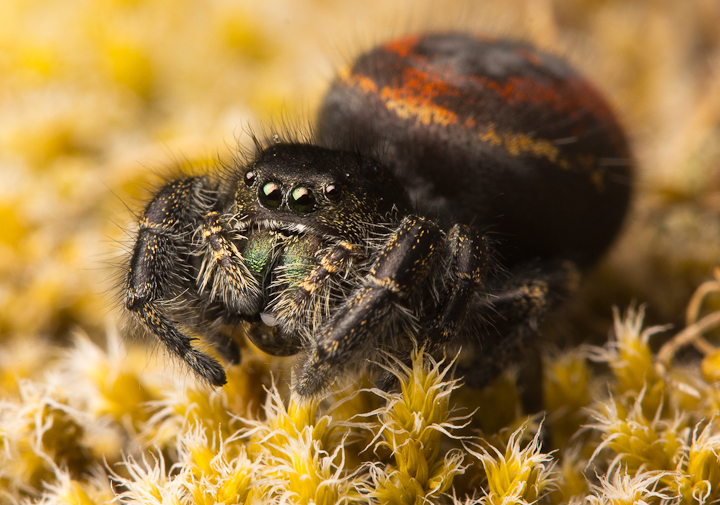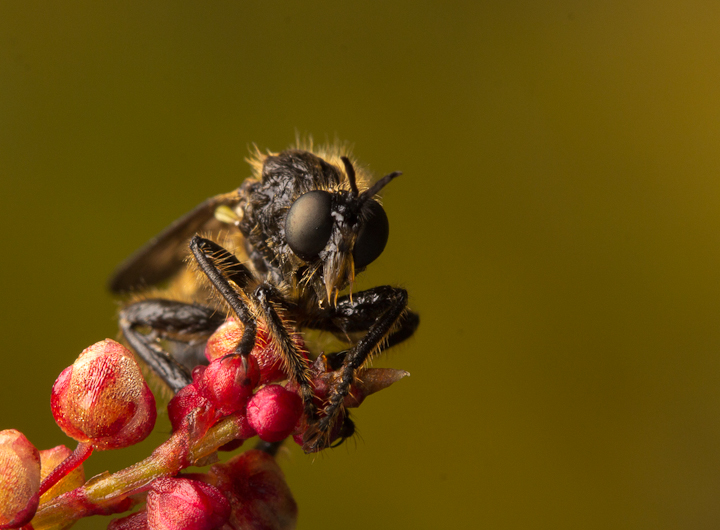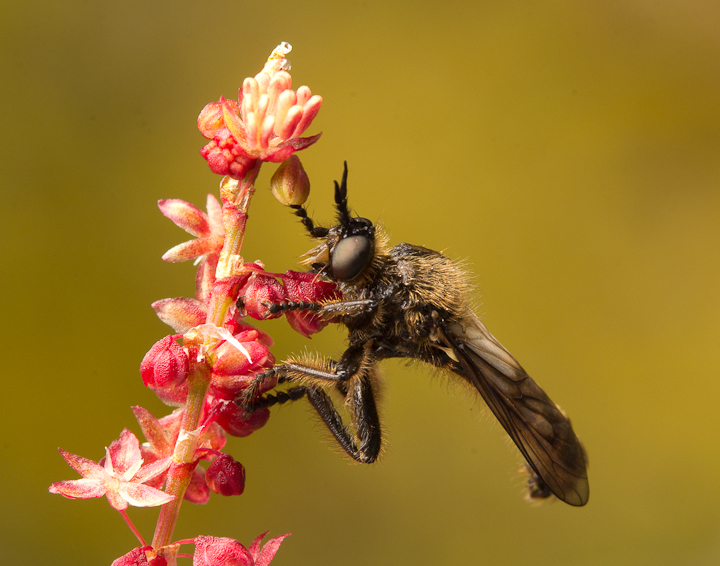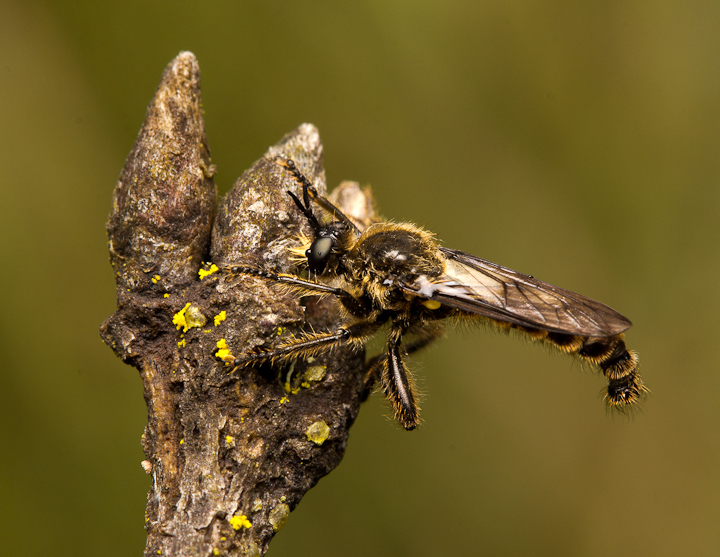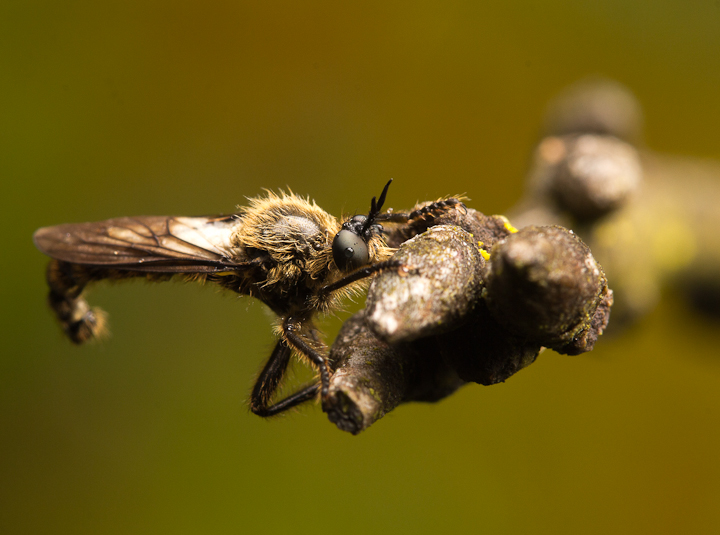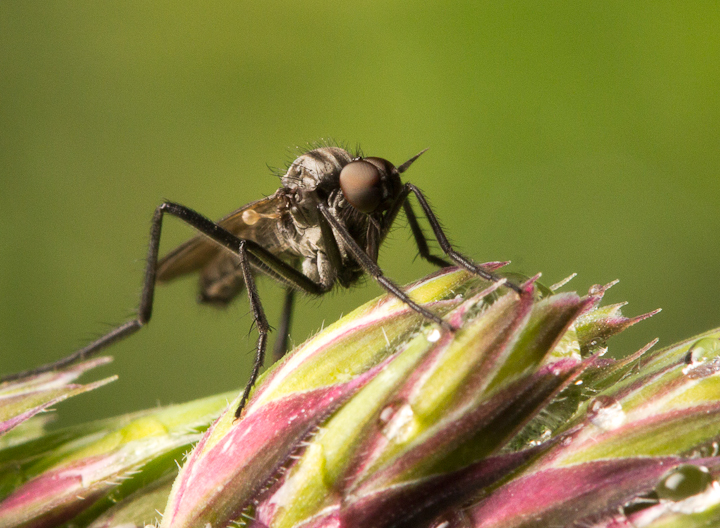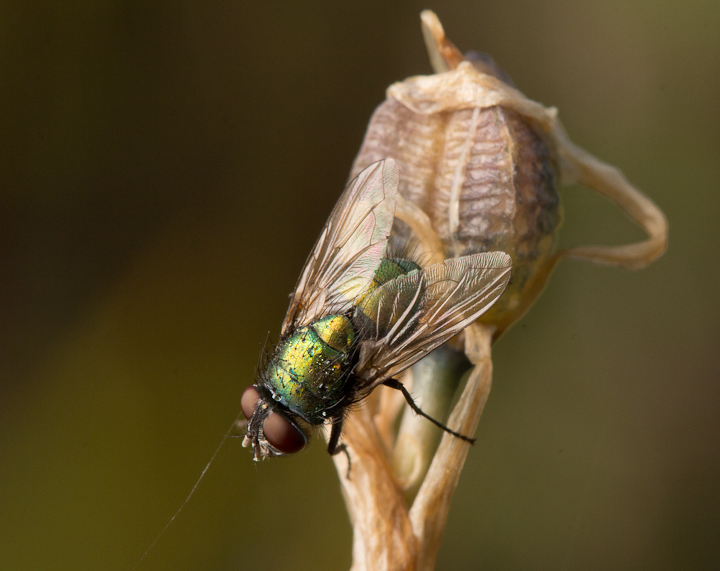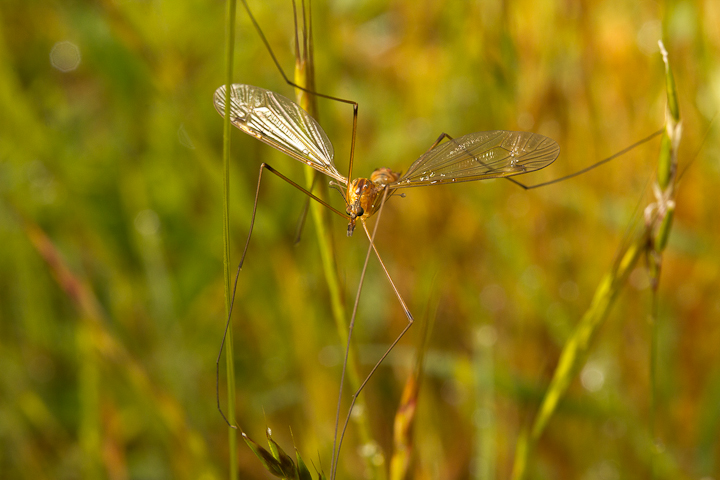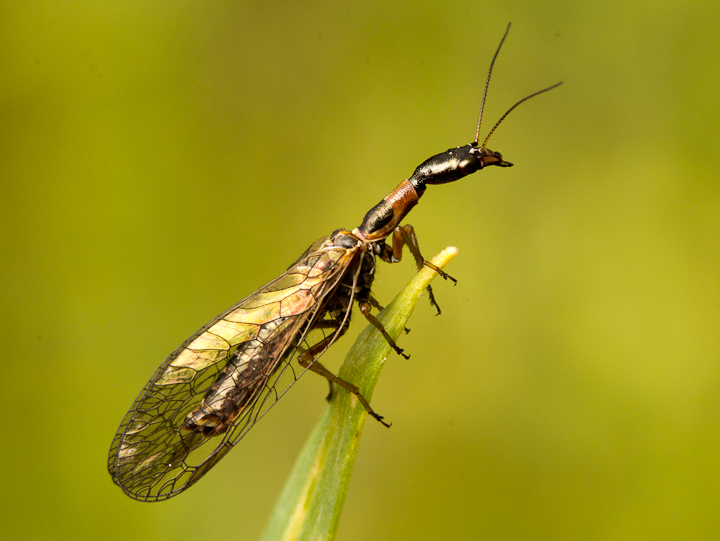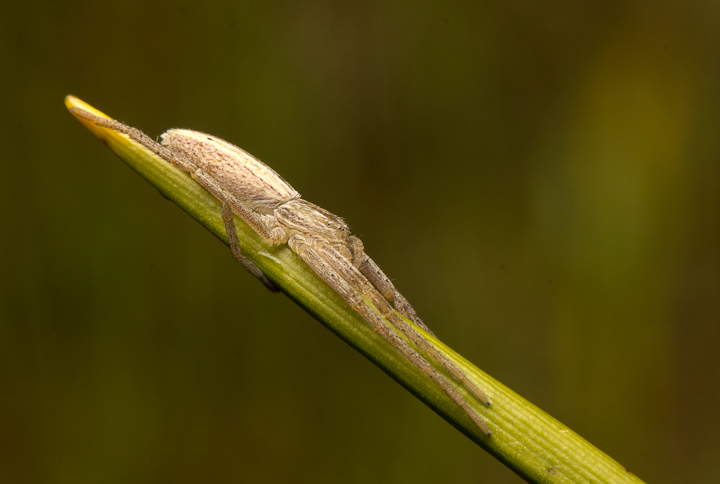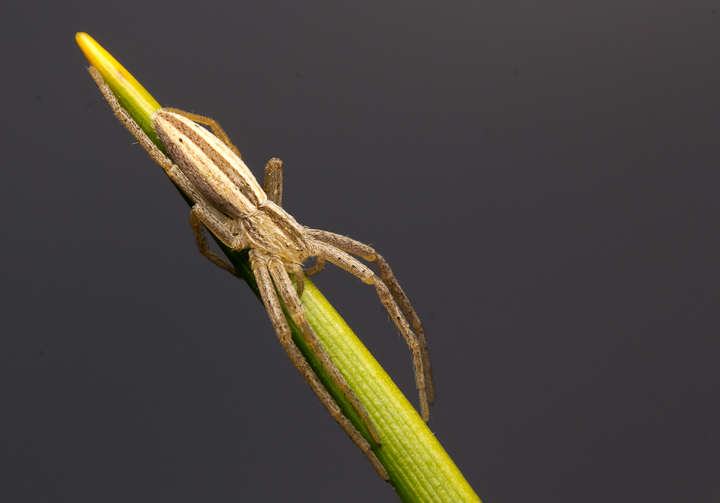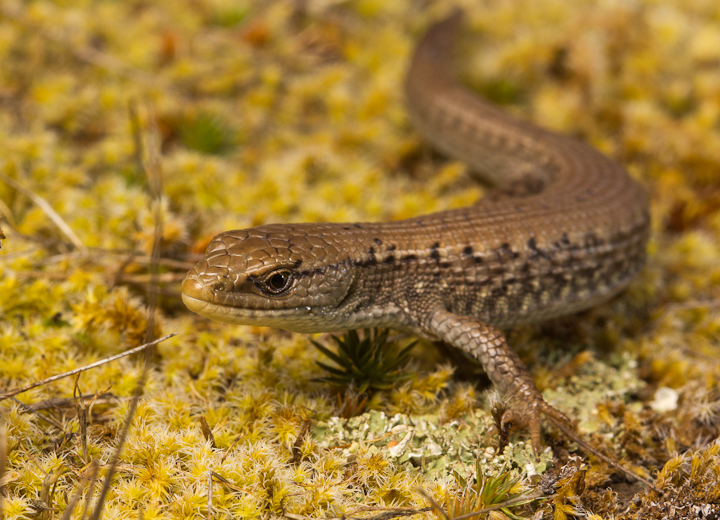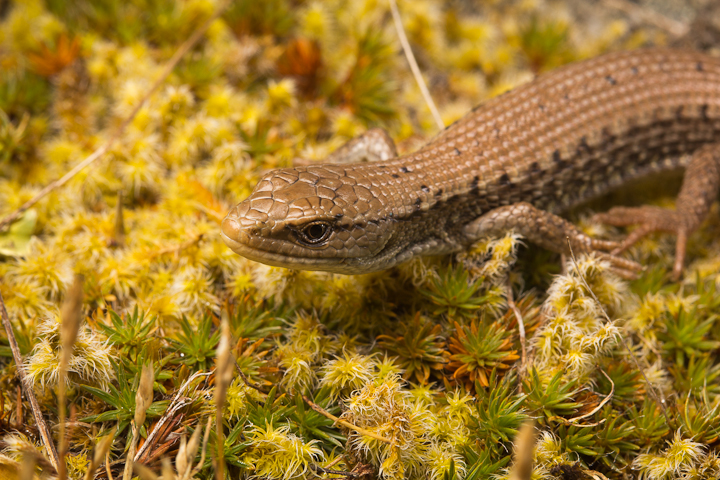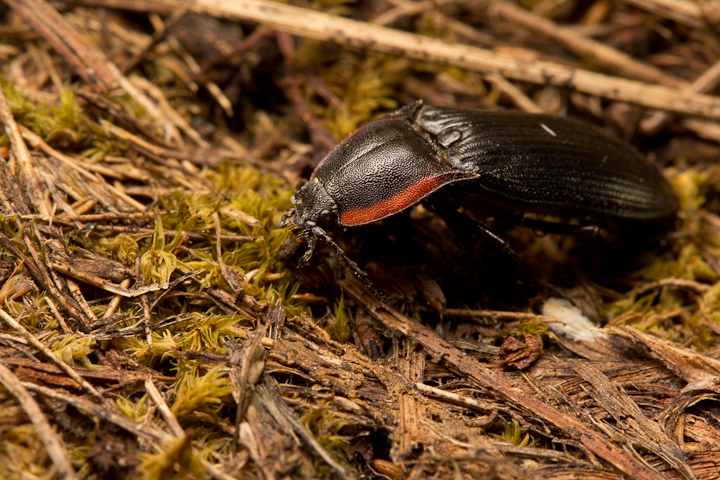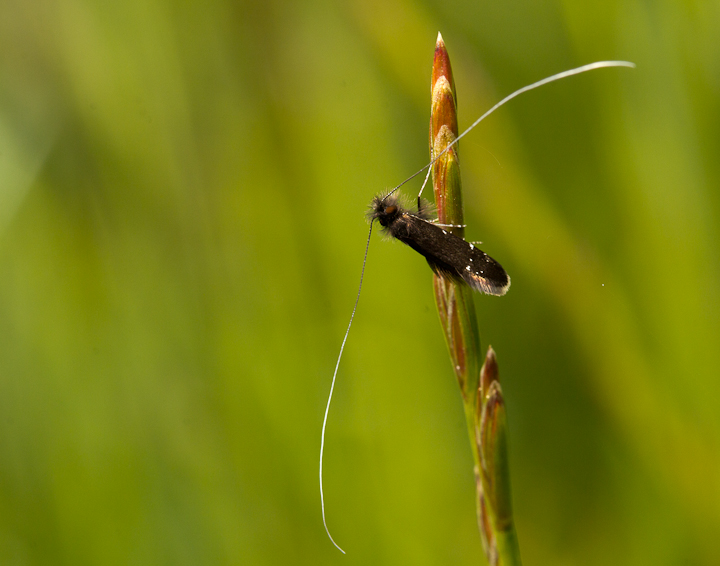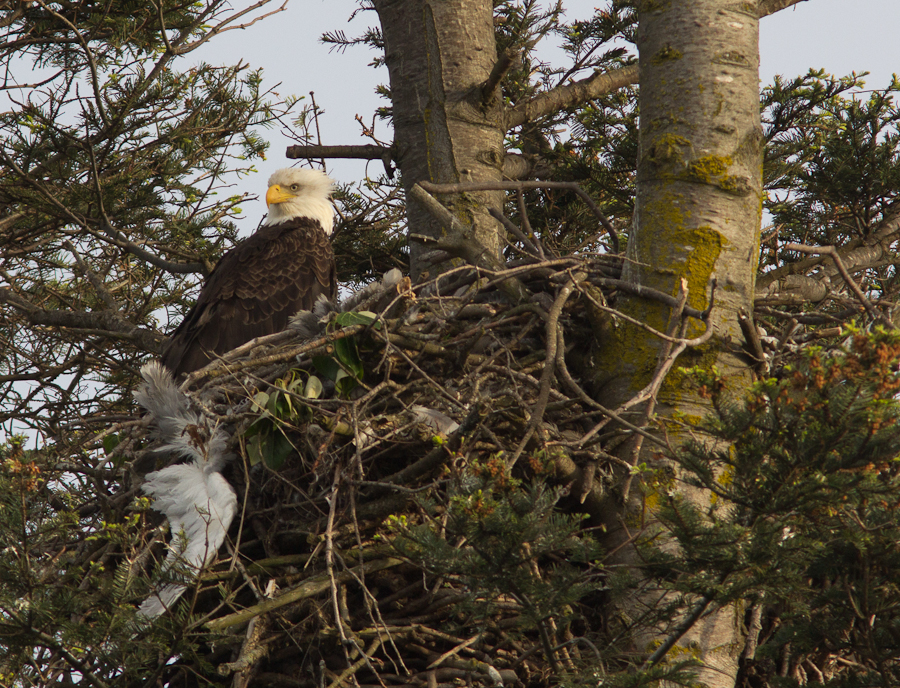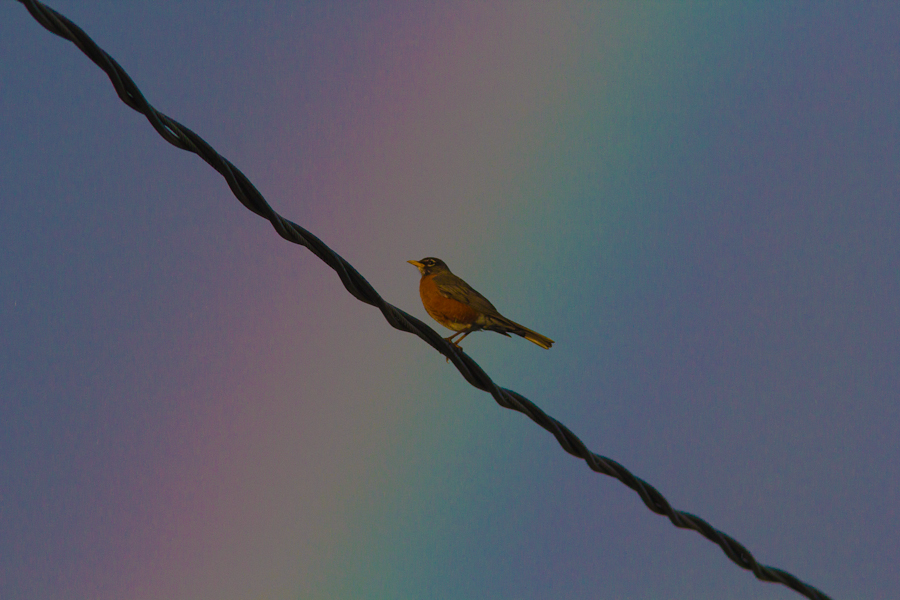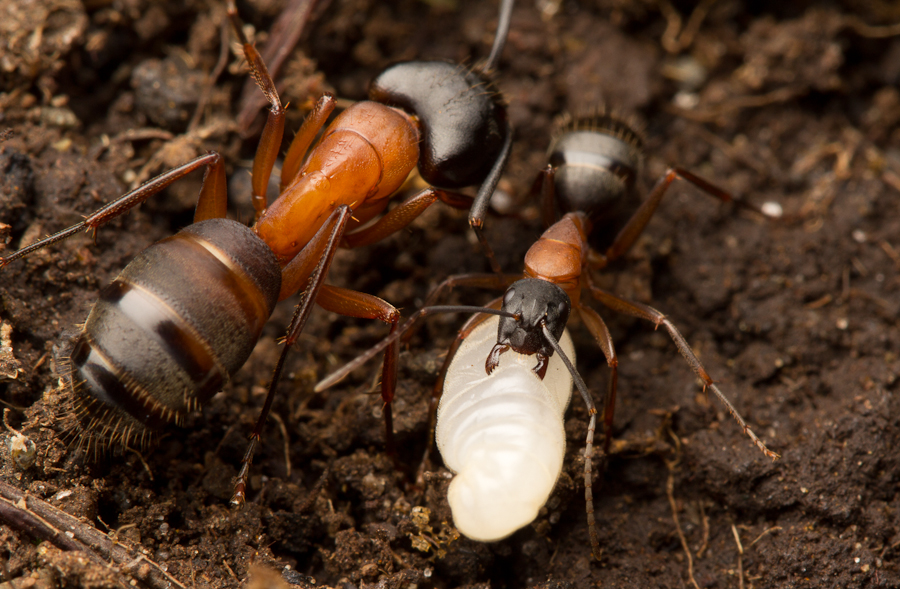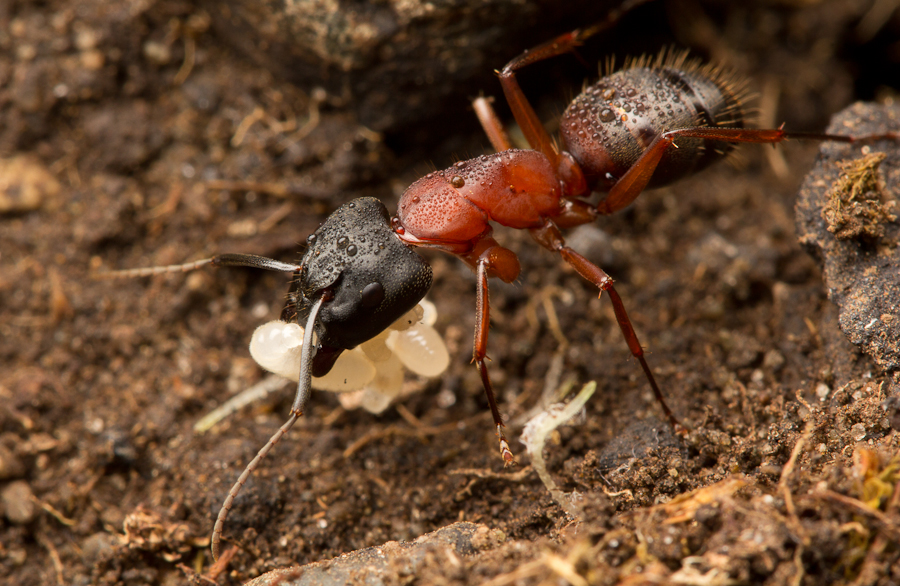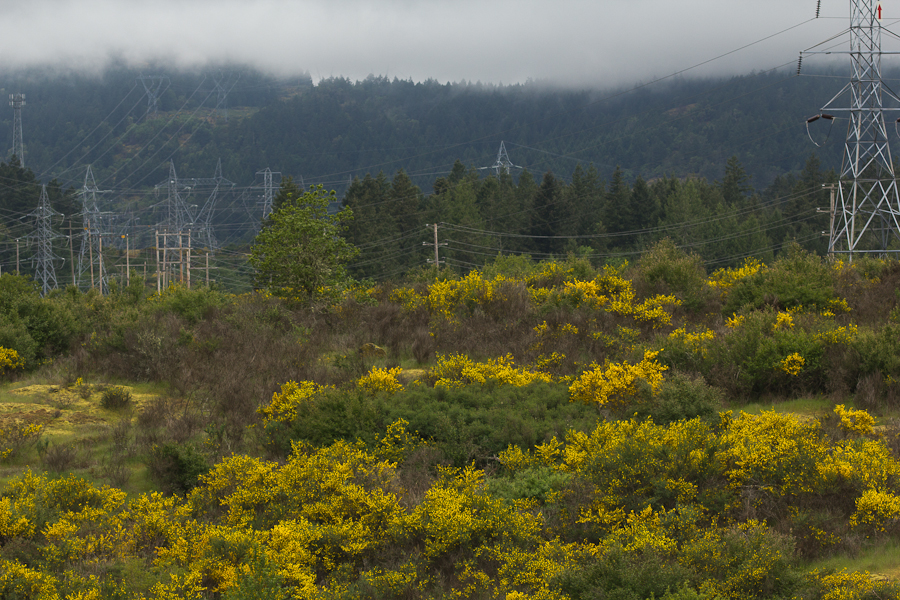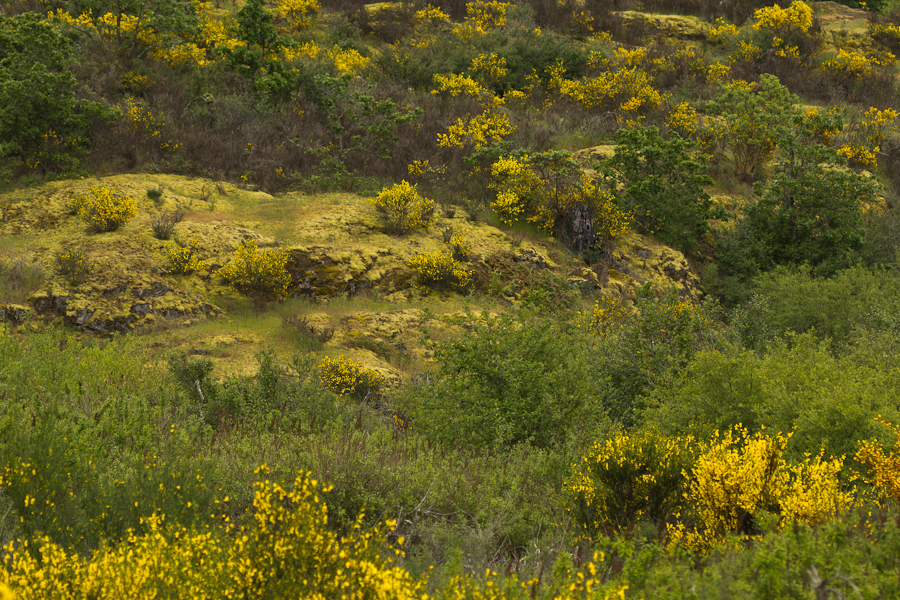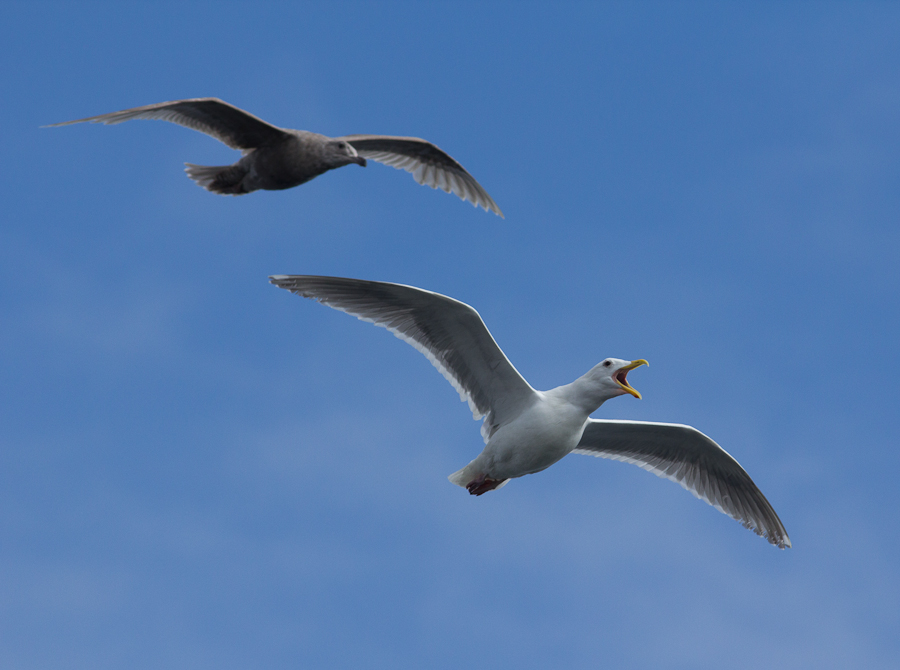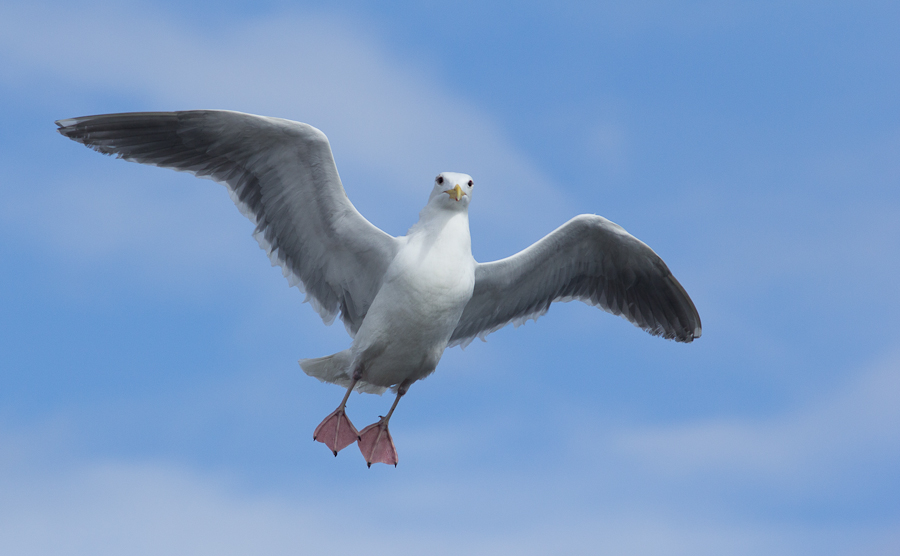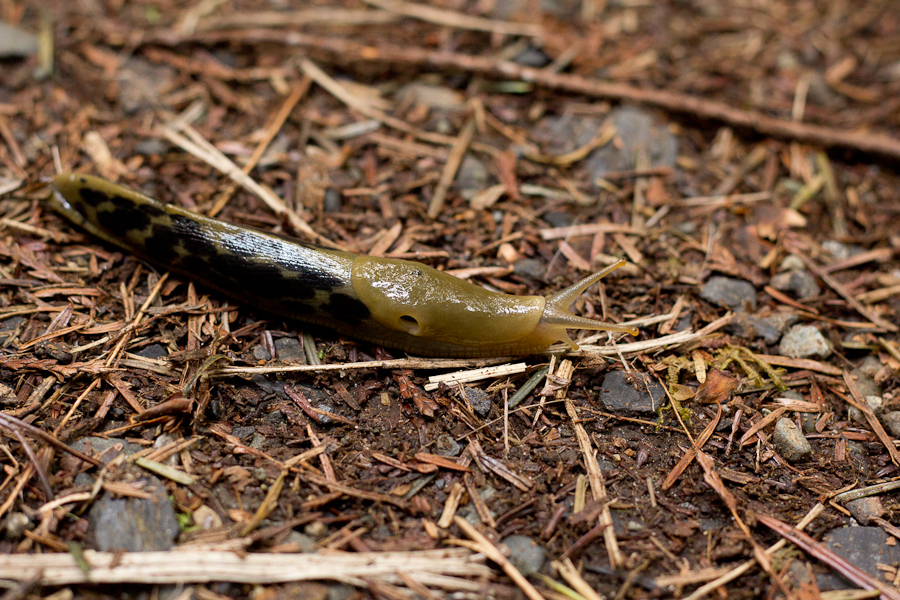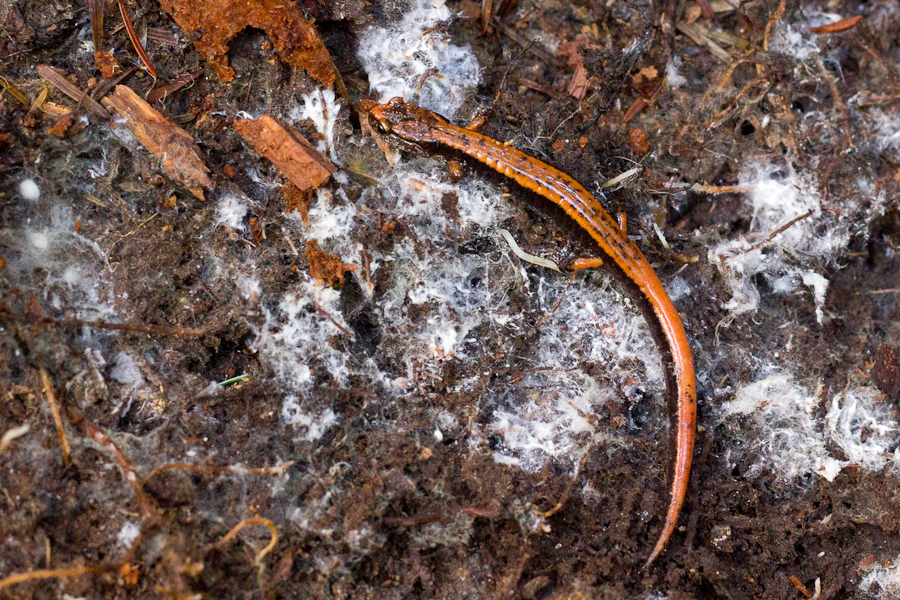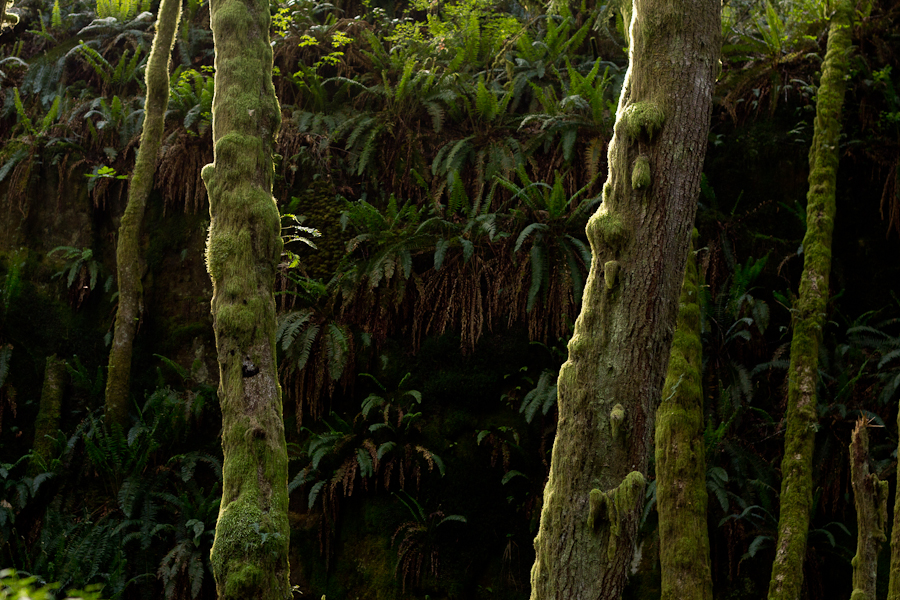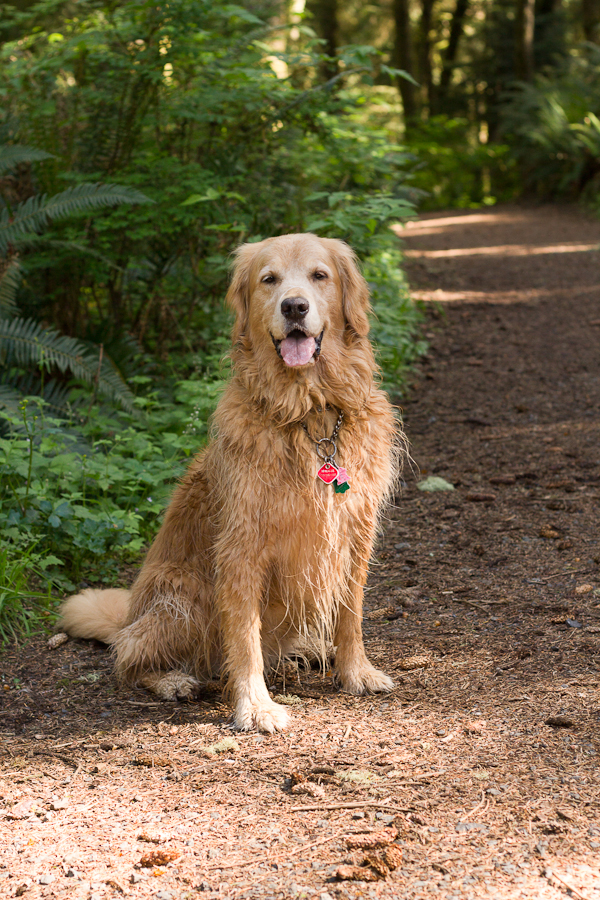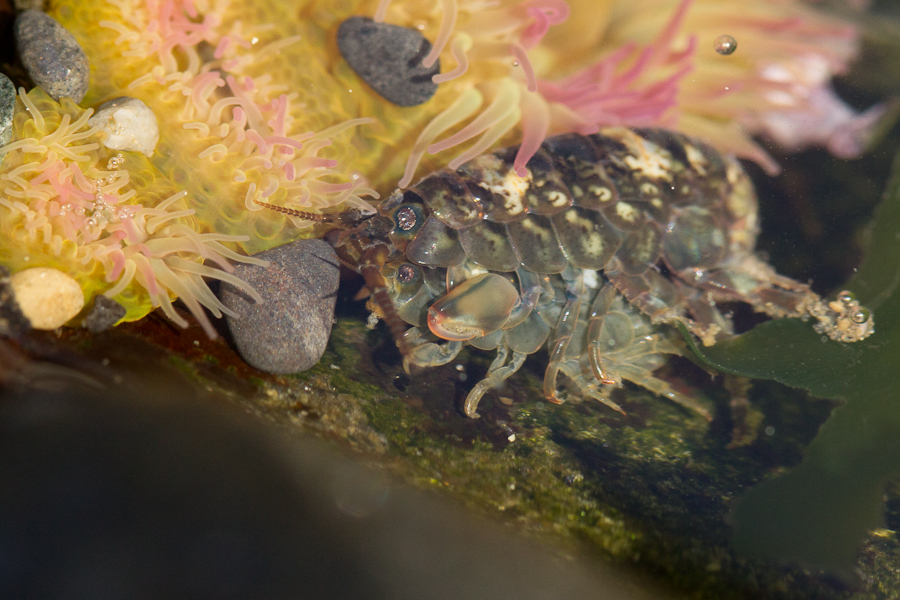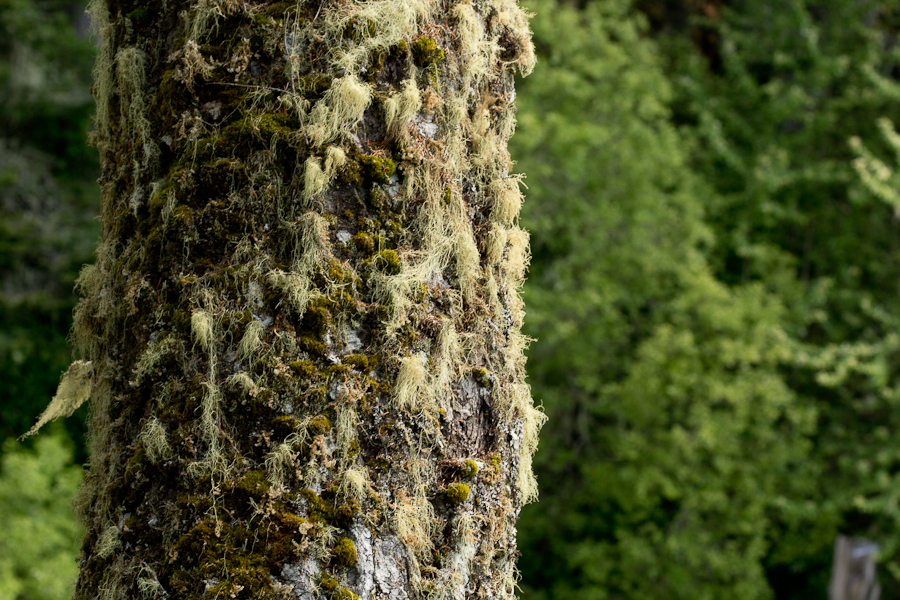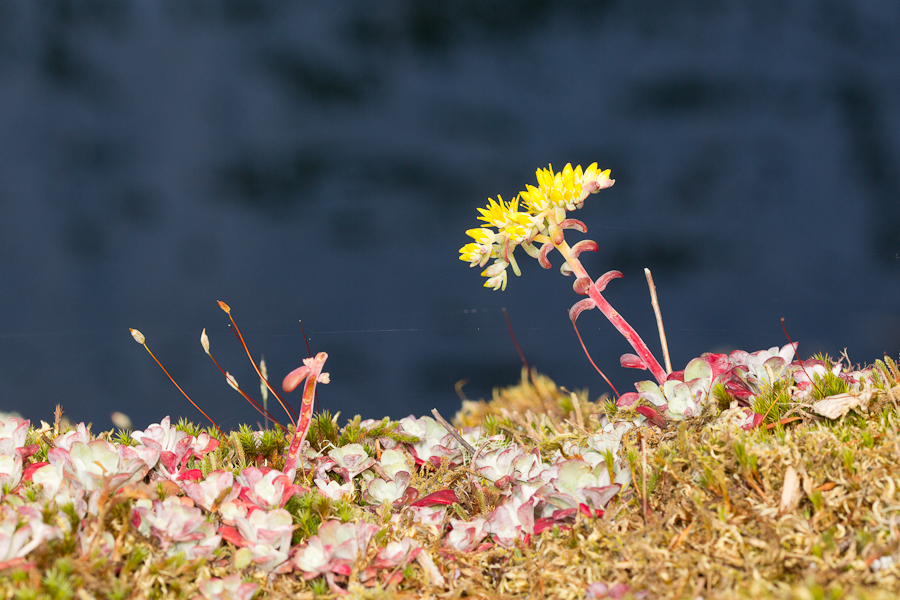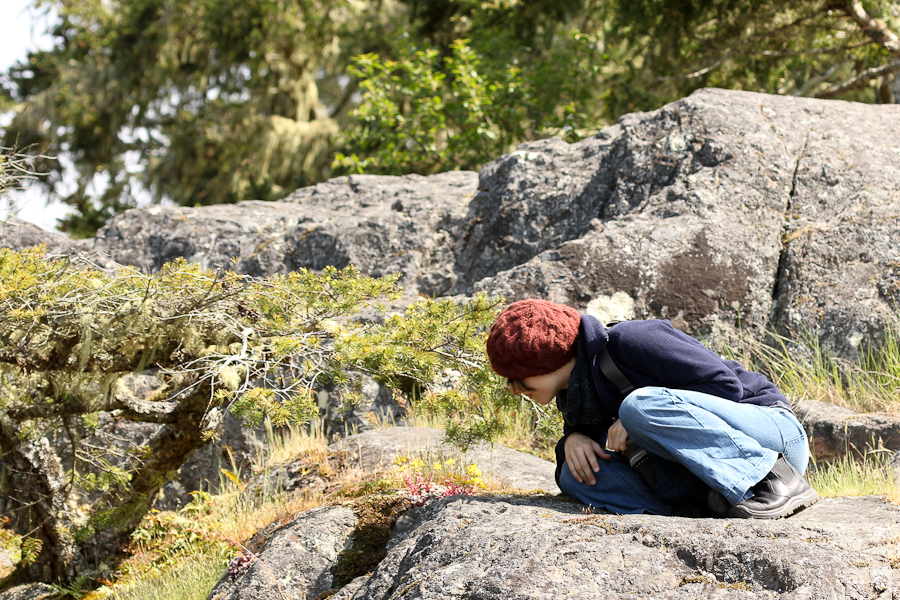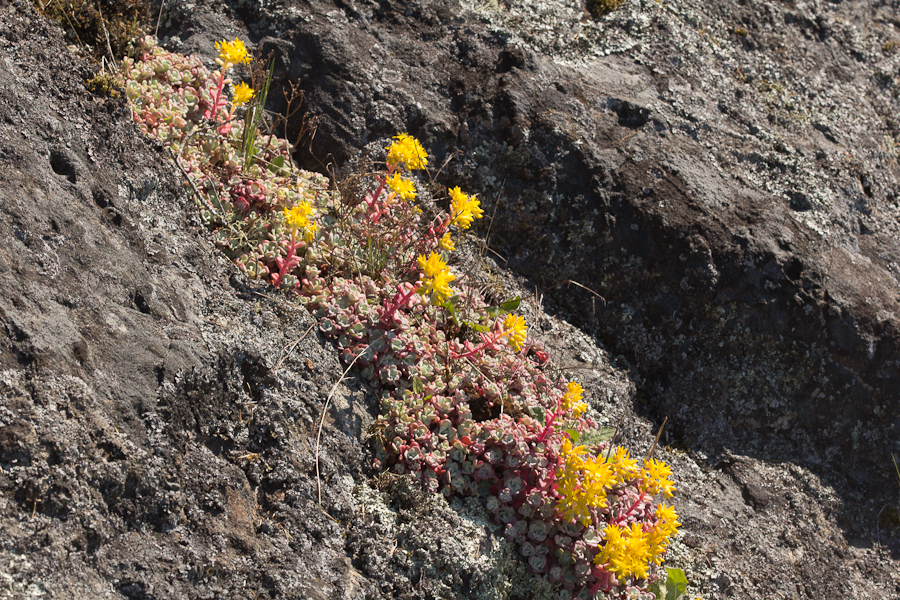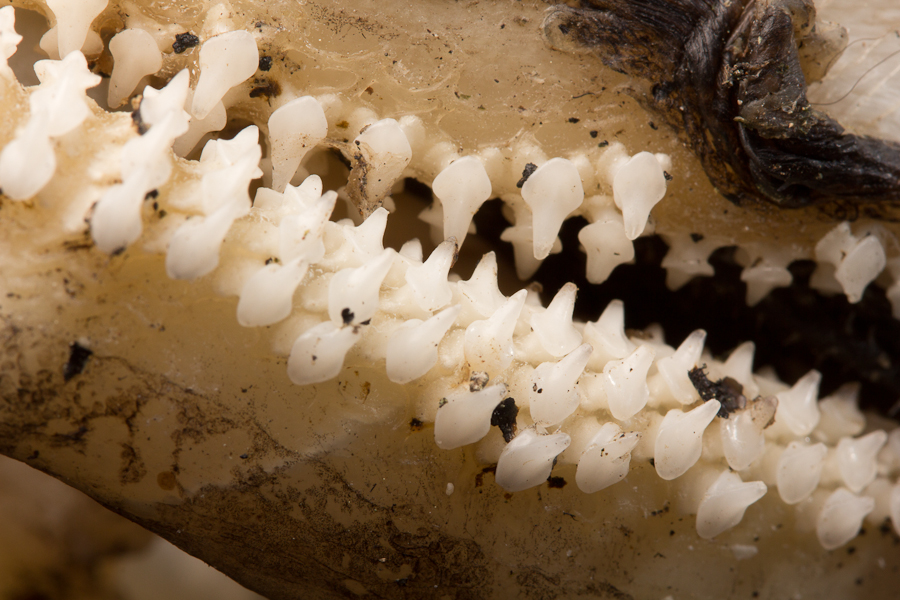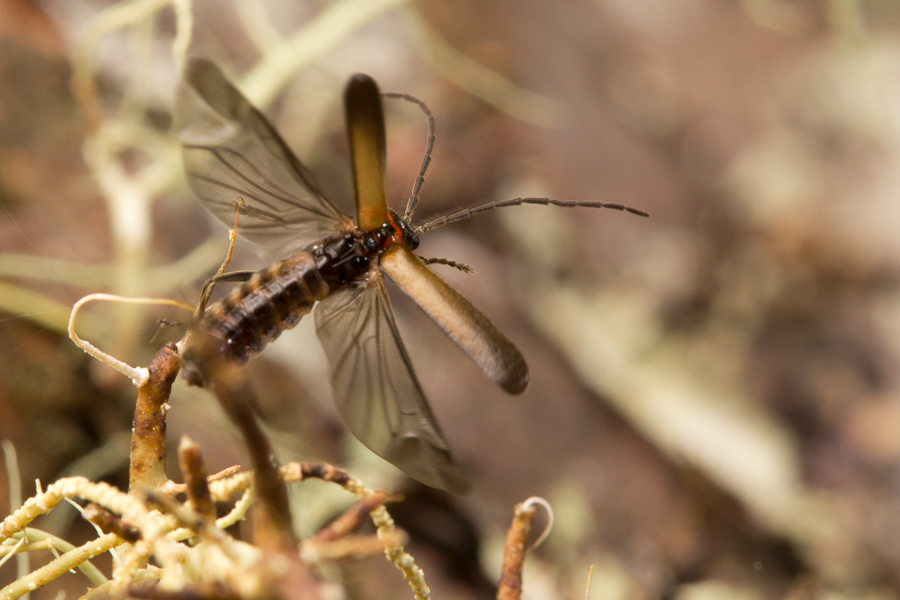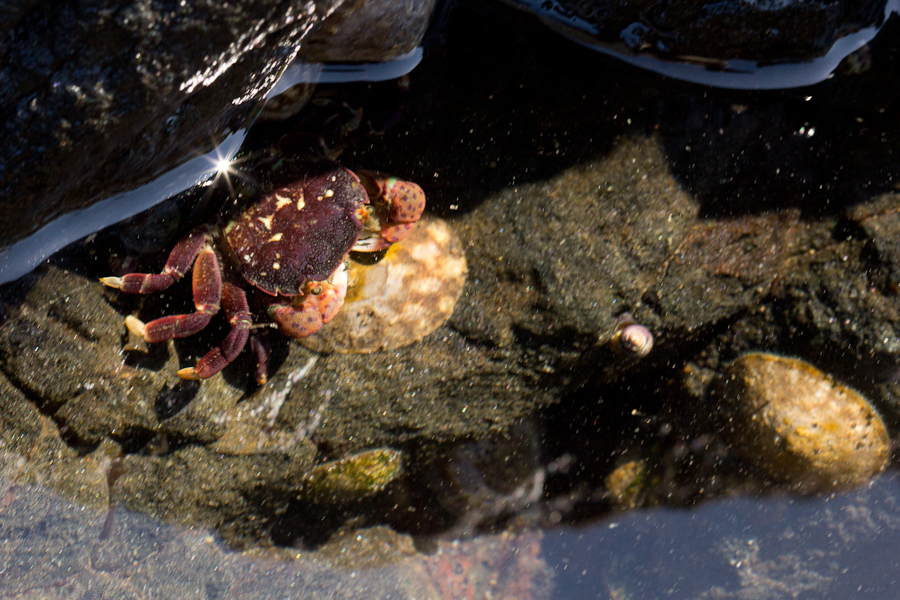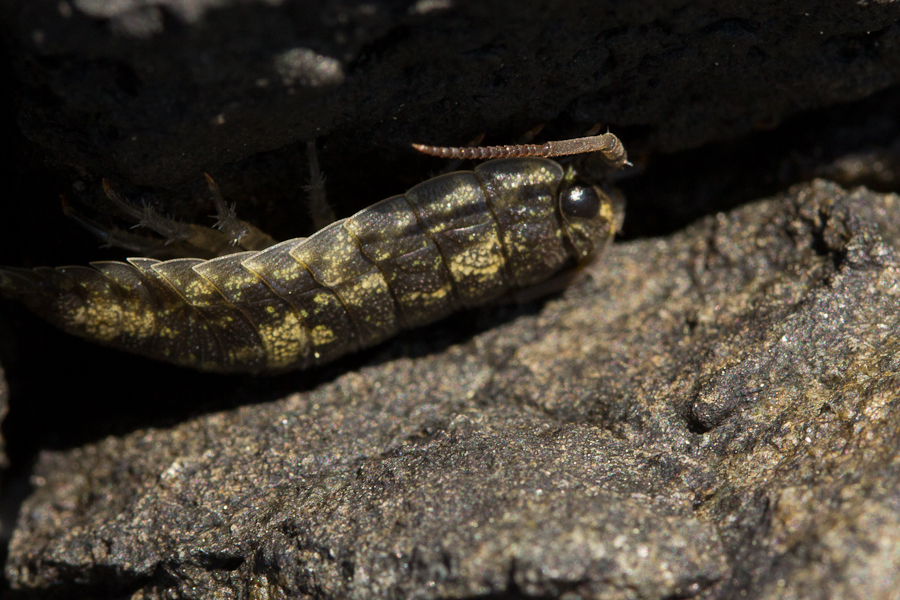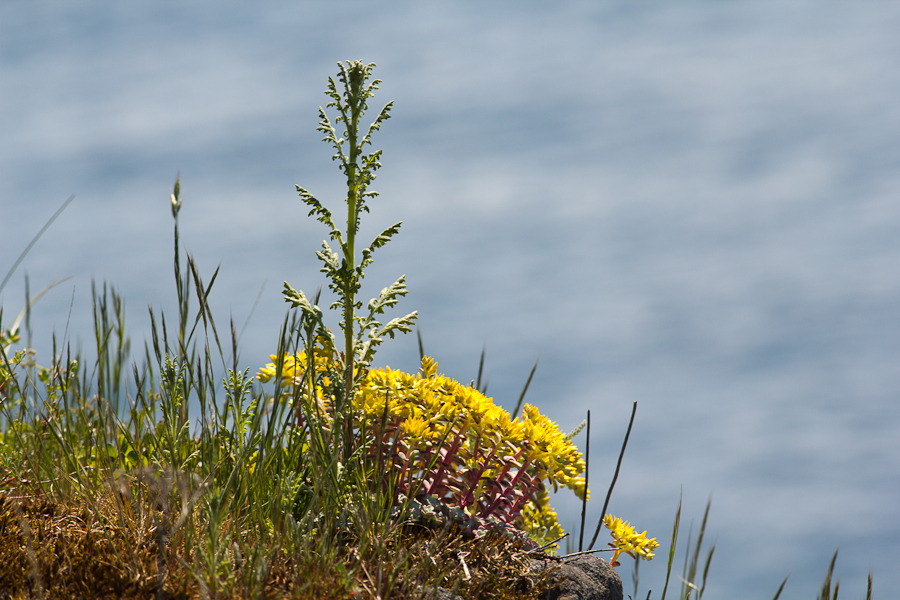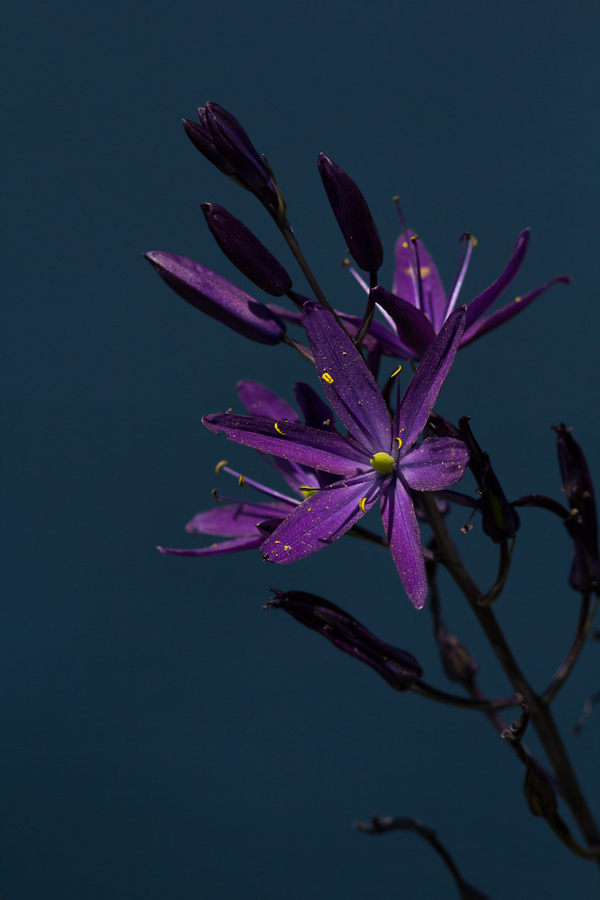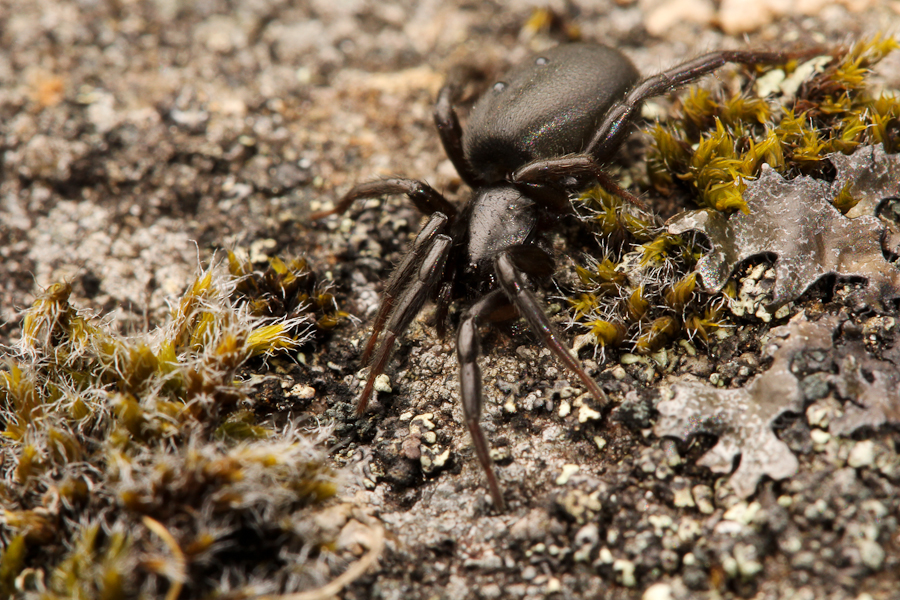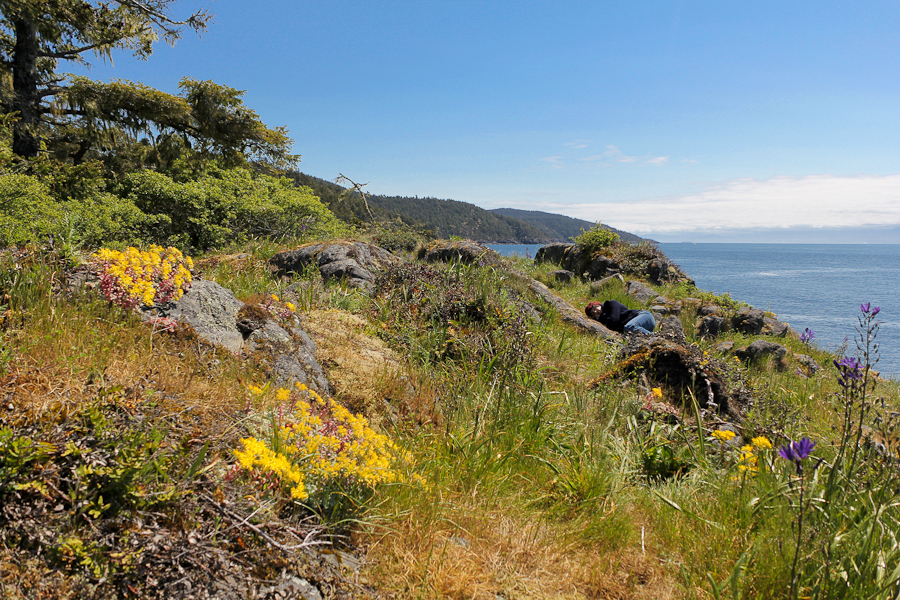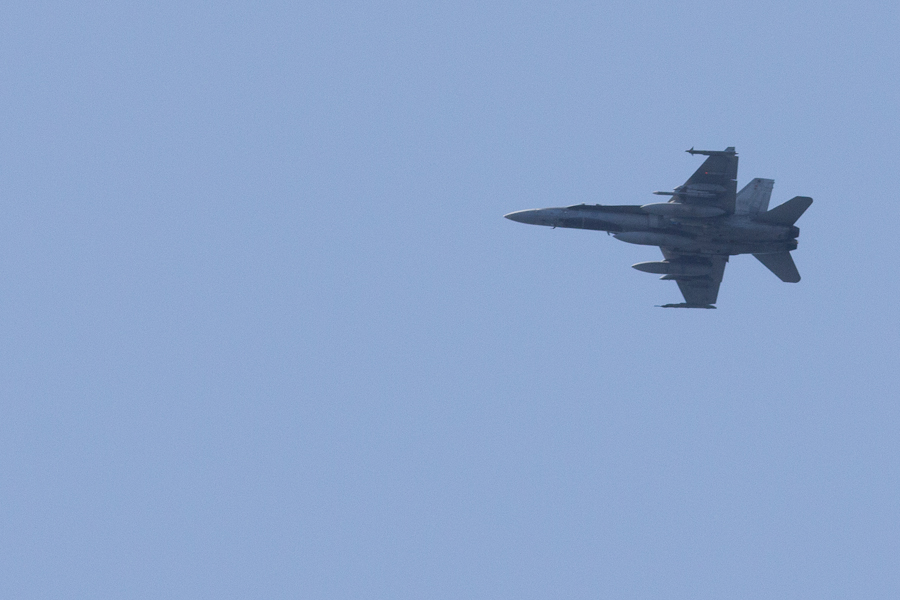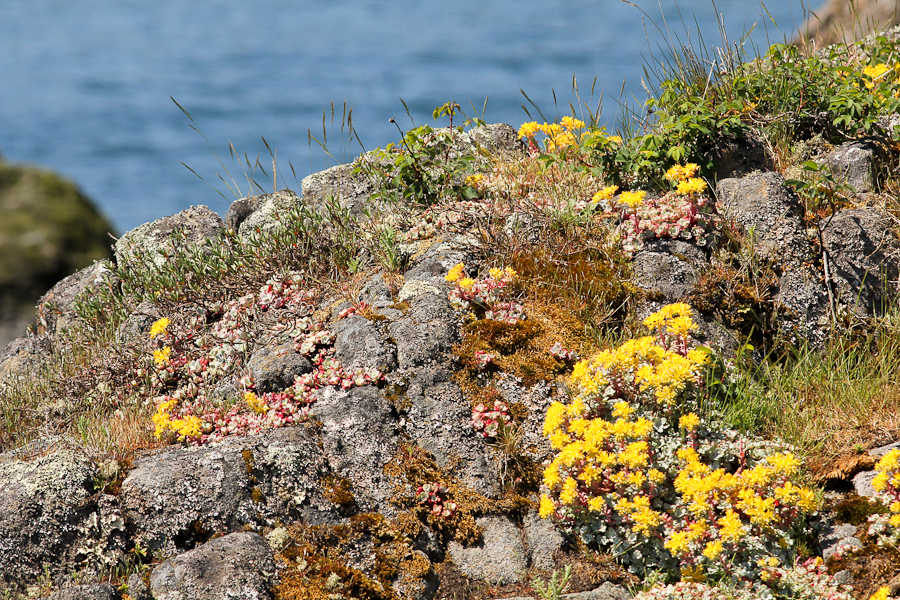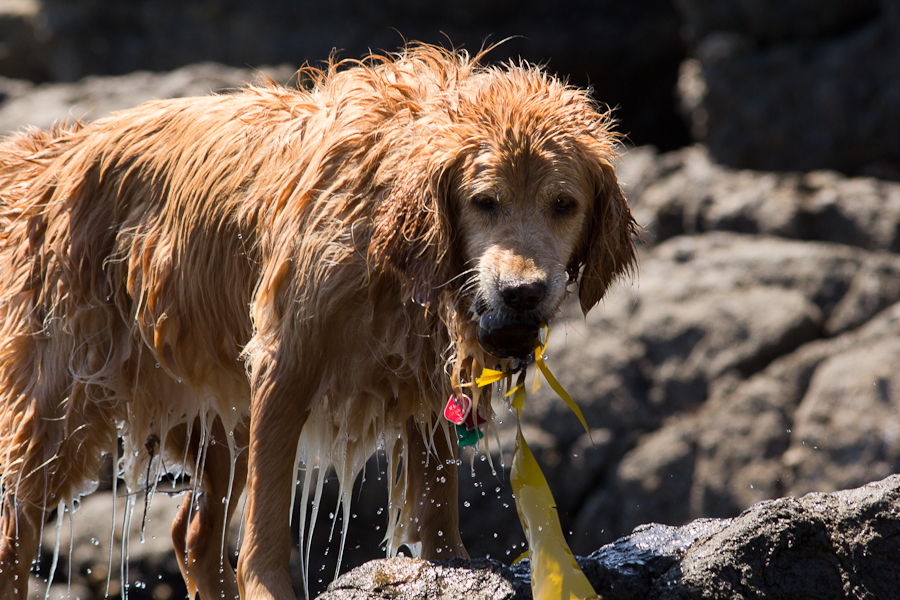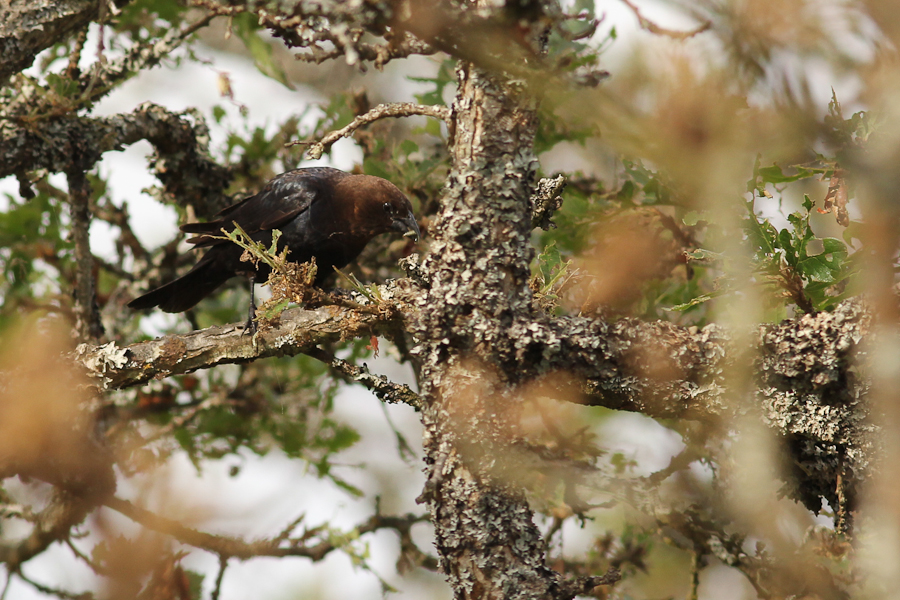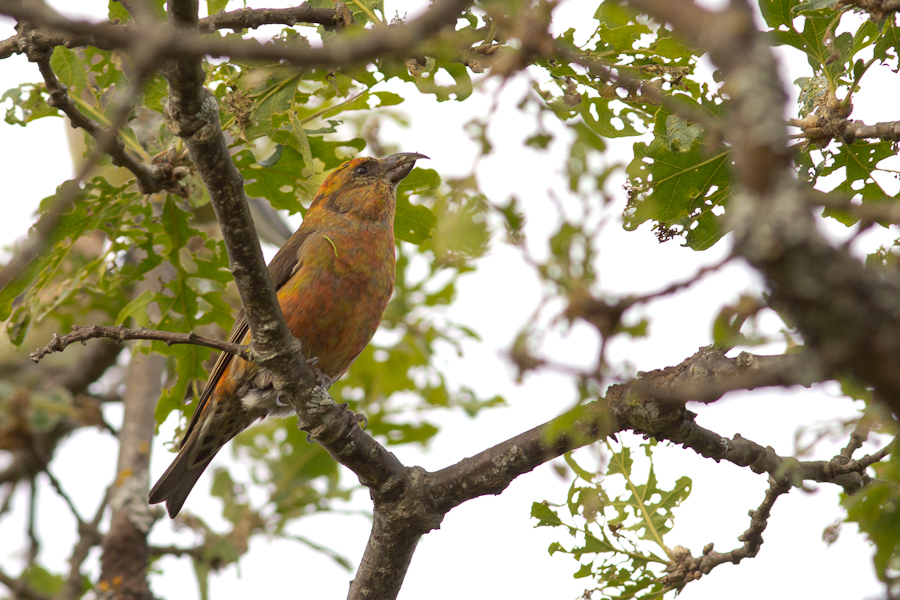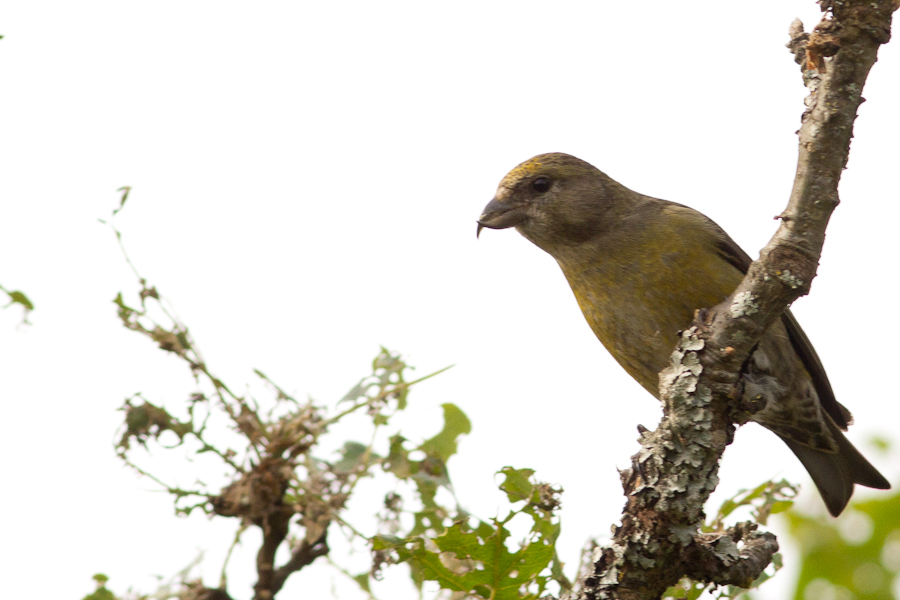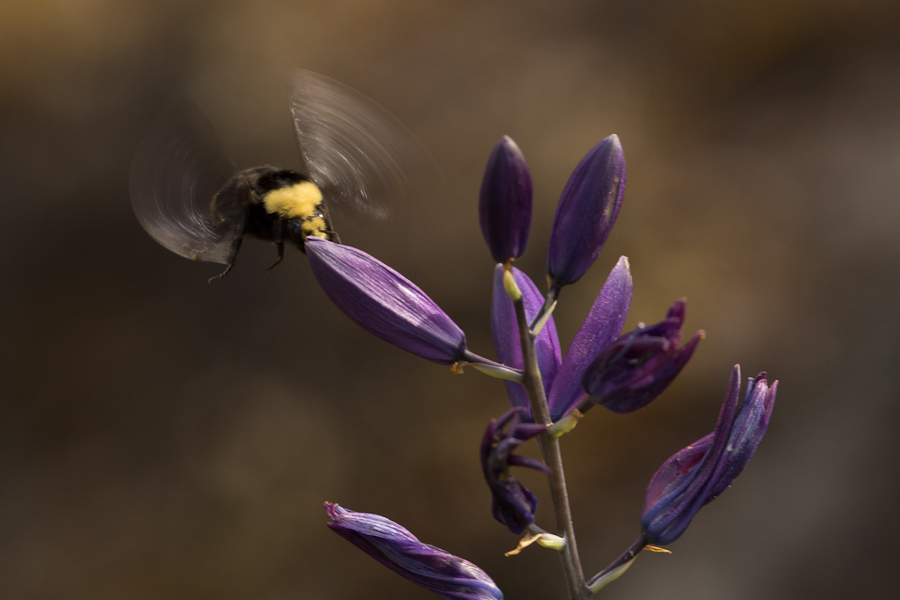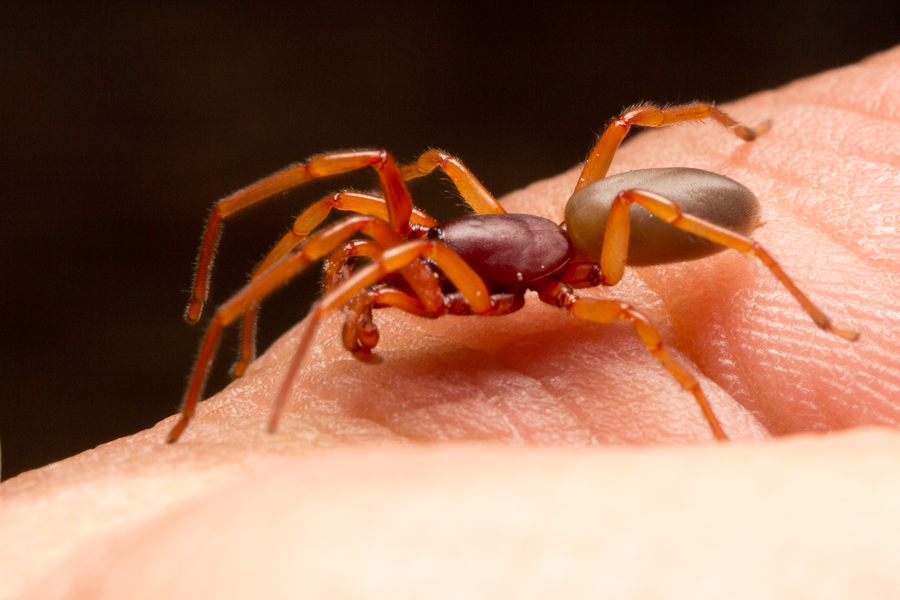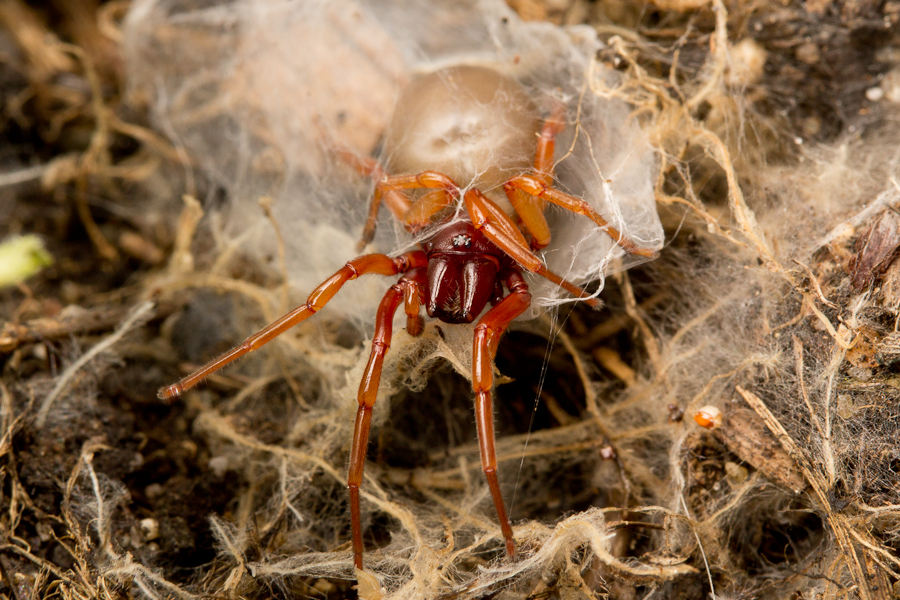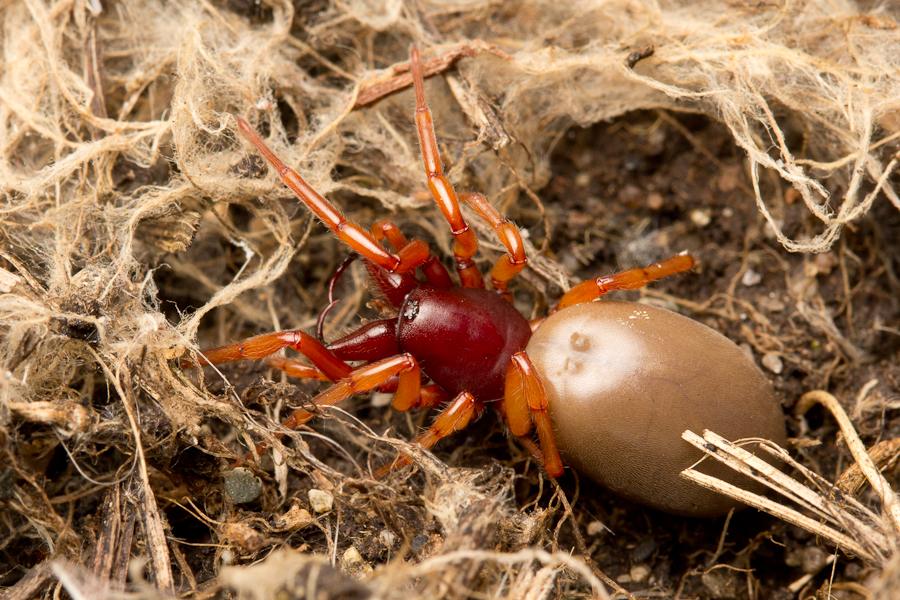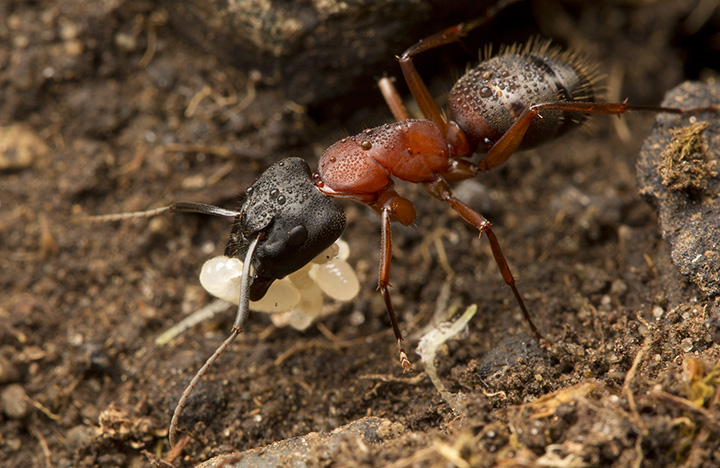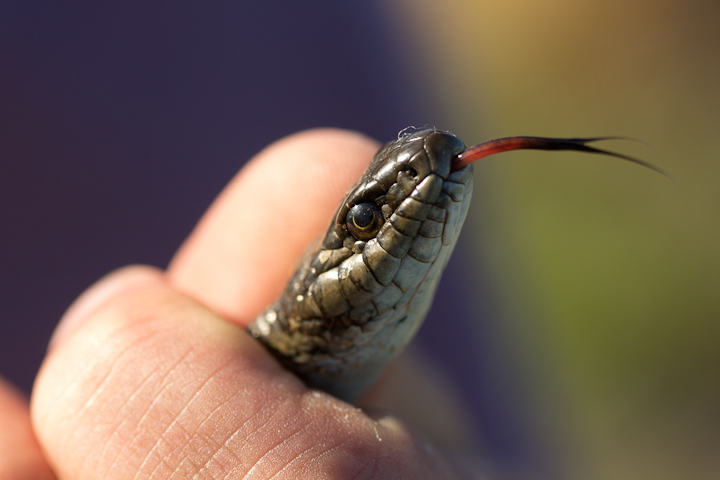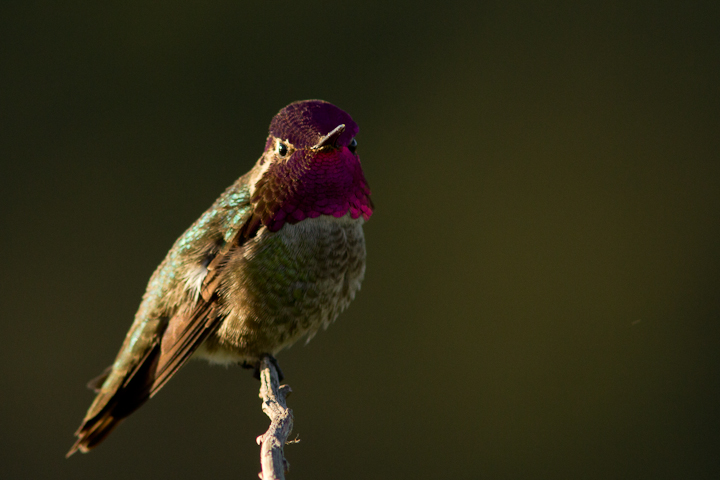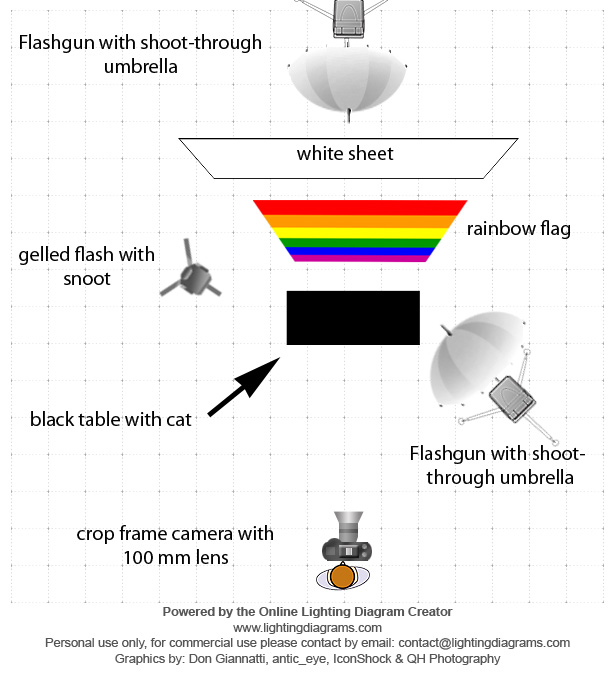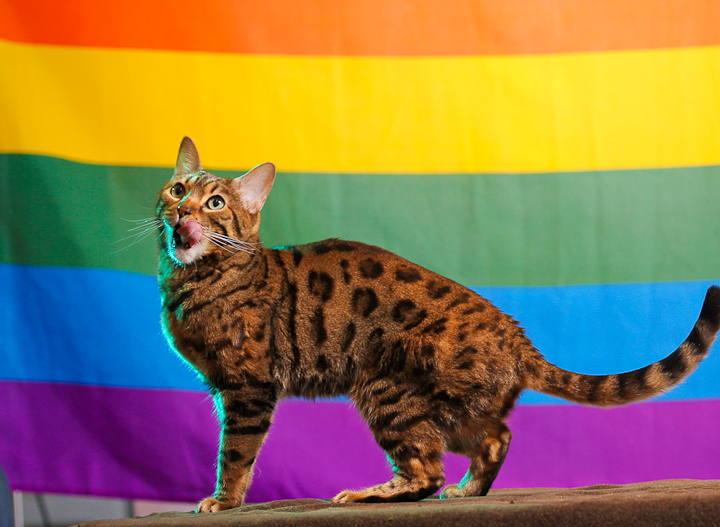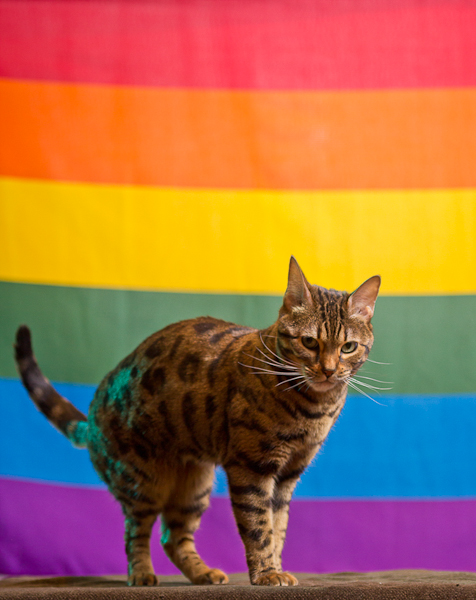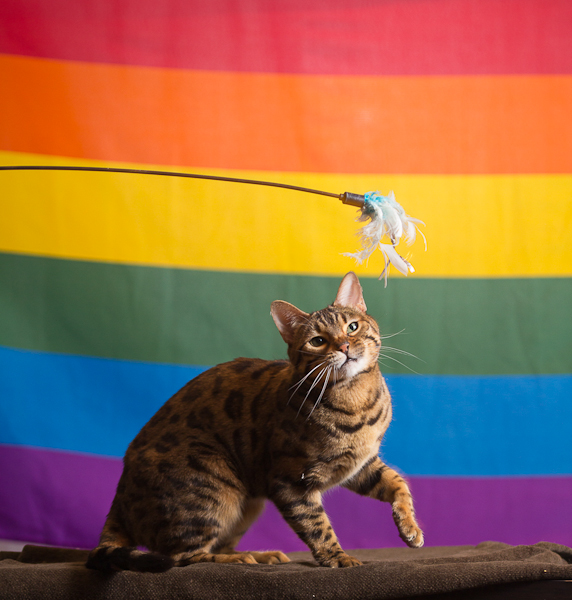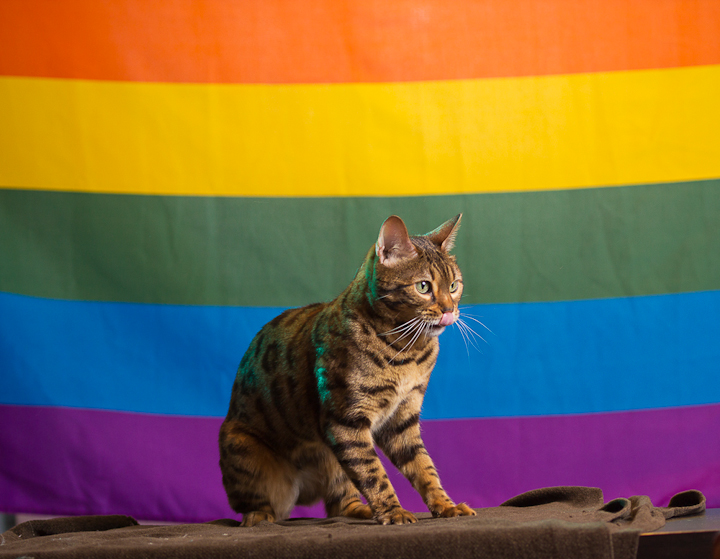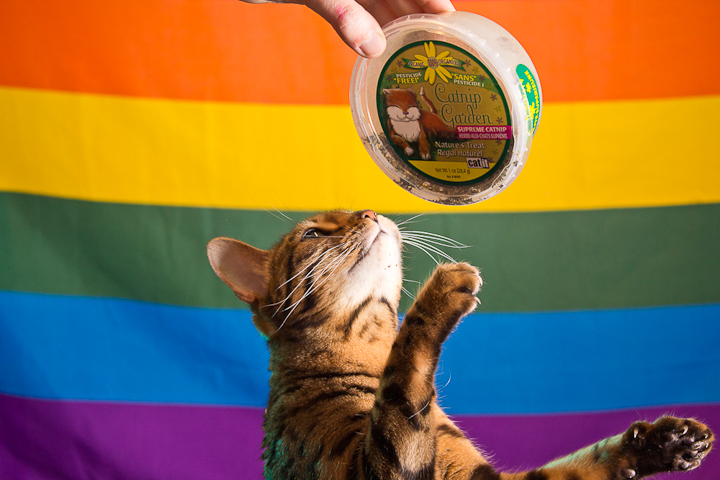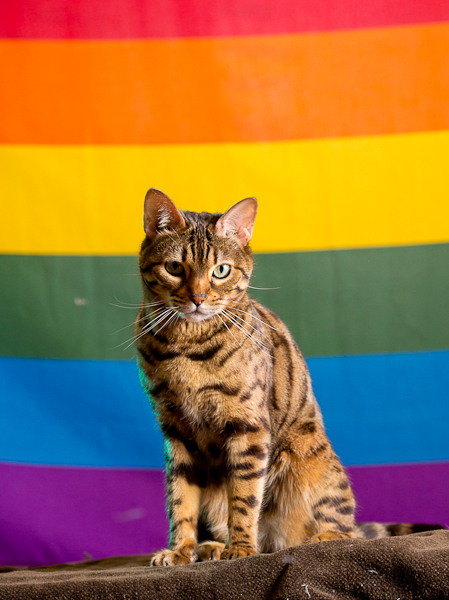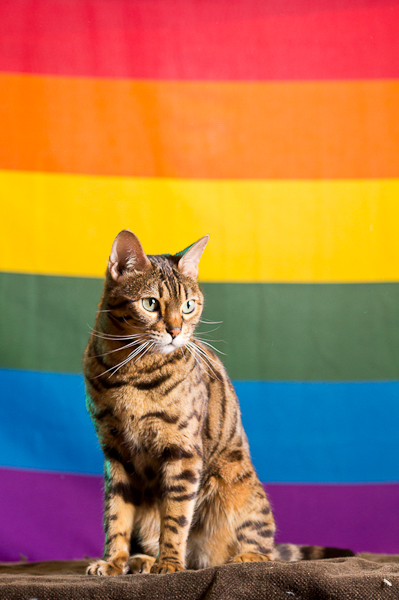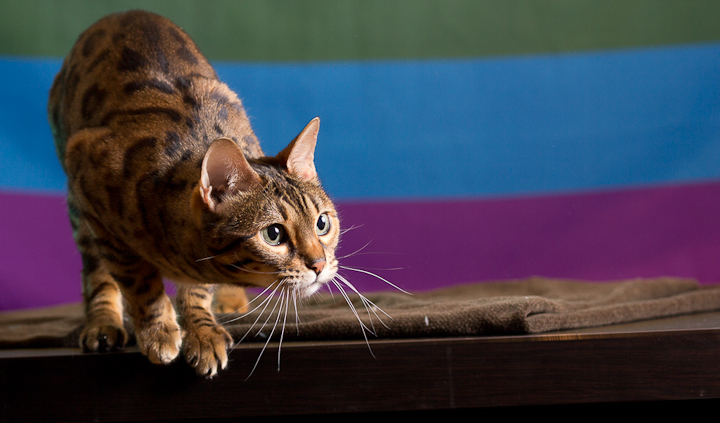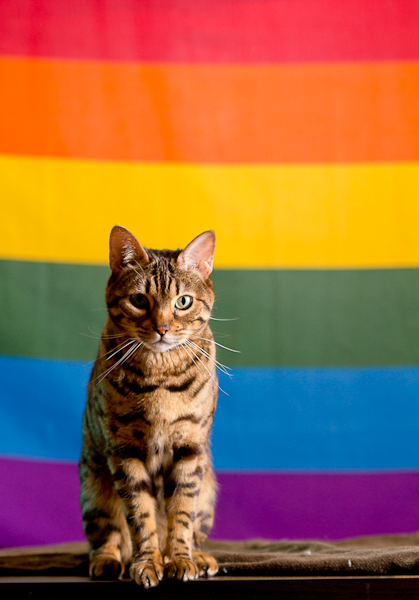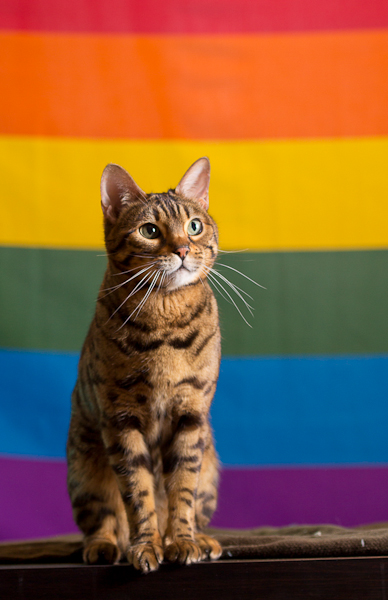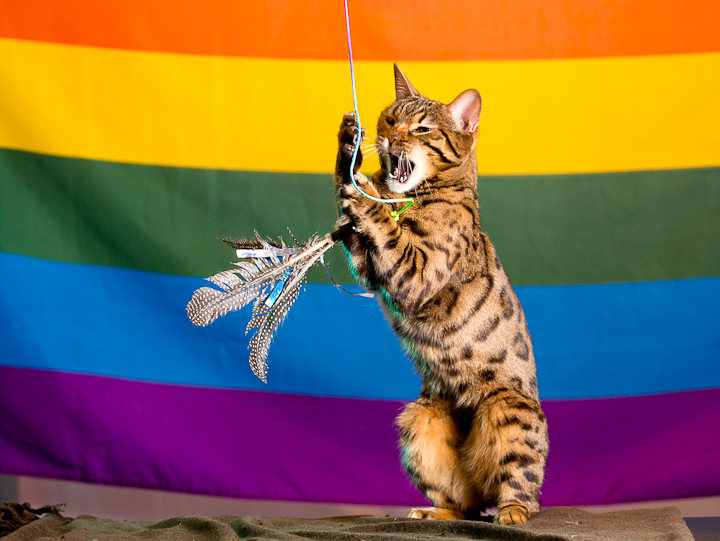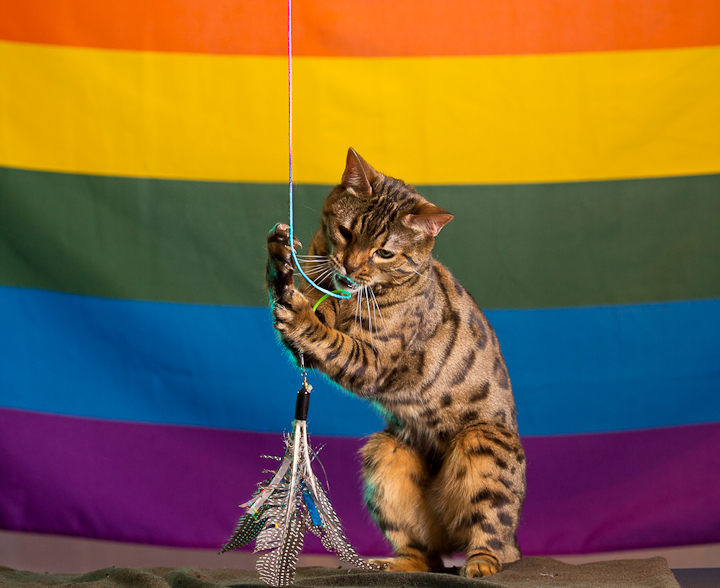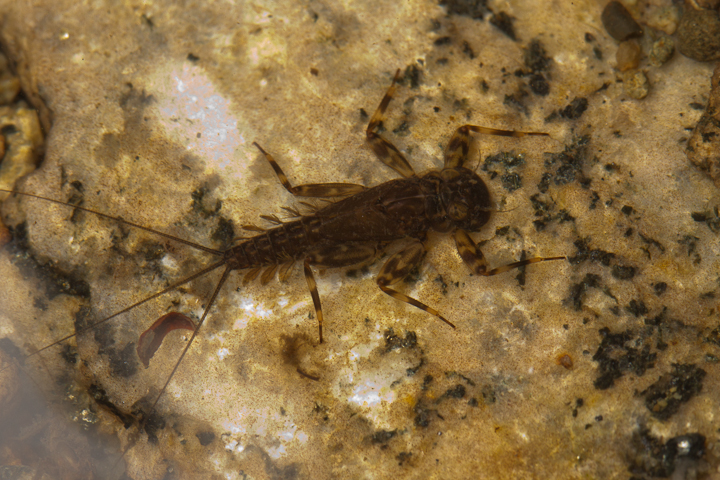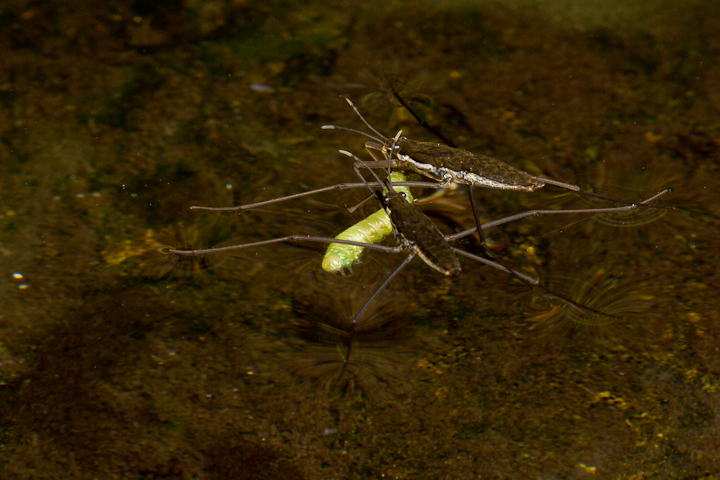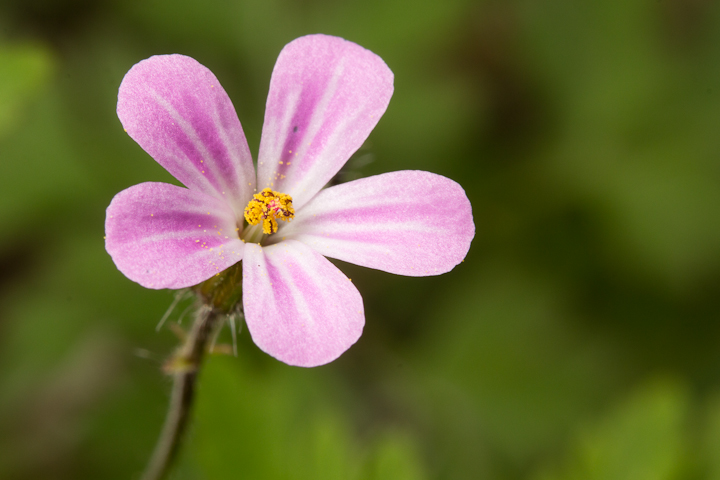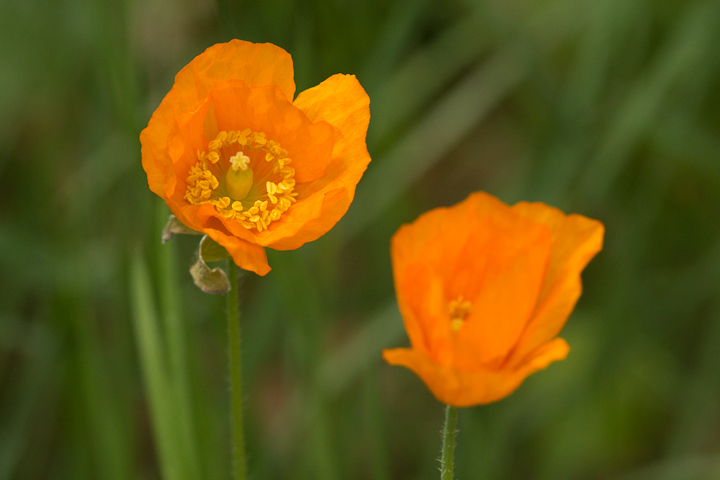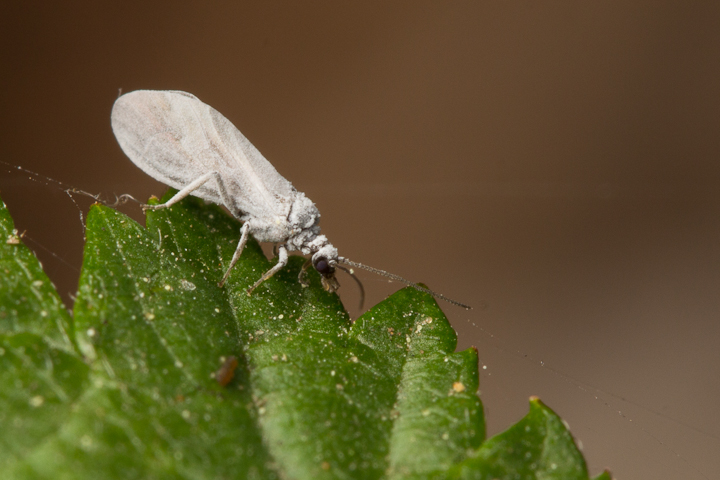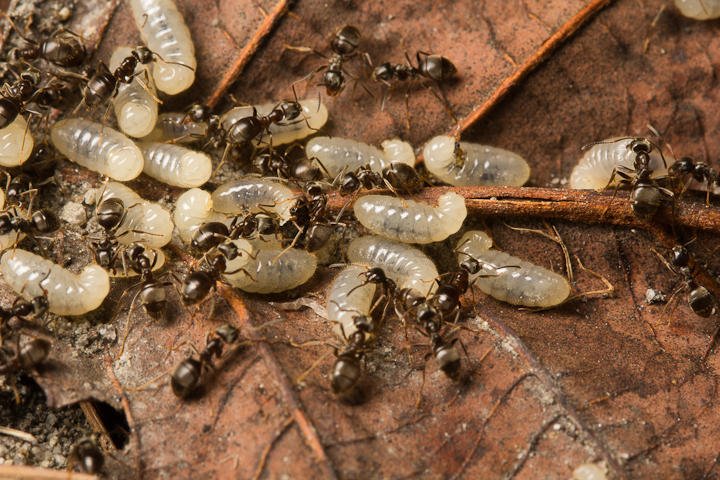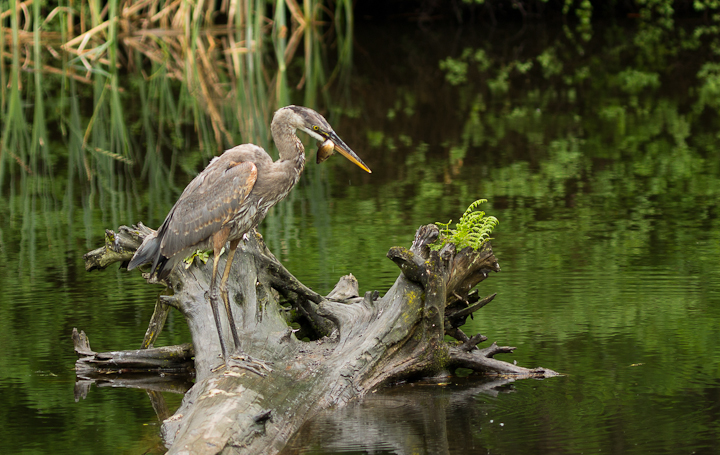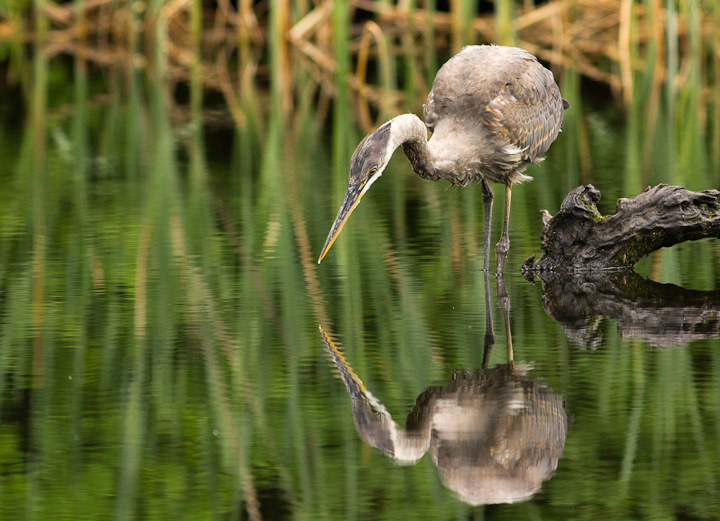
A couple weeks ago, I explained my desire to shoot some aquatic invertebrates in small aquaria, using a store-bought betta tank. This larger enclosure will serve well for the larger animals I might encounter, but is not ideal for many smaller creatures. Because of this I decided to make a few really small aquaria using microscope slides and cover slips. I am sure I picked this idea up somewhere, but I cannot recall where. The advantage of this design is that it is suitably small to contain the movements of the animals close to the glass, and is of good optical quality, as the slides are designed for microscopy.

Materials needed: standard microscope slides, cover slips, and silicone sealant suitable for aquarium use. This uses glacial acetic acid as a thinner, so it dries non-toxic.

With this design, I have made three sizes, to accommodate a variety of animals. The smallest is great for things like mosquito larvae and pupae, and one day I hope to get a full pupation sequence…Anyway, the structure of these is simple enough to grasp from these photos.
Things to watch out for while using these :
1) Formation of air bubbles on the inside of the glass when full. This can be remedied with gentle teasing with a small paintbrush and cloning out in post.
2) Especially when working in saltwater, any water splashing on the outside of the glass will form an ugly rime that will mar photos. Make sure the front face is clean!
3) in this small volume of water, heat can build up quickly, so be sure to work in a shaded area, or on a cool day to avoid killing your subjects.
4) release subjects where you found them!
For setting these up, Catherine and I placed the aquaria with a folded sheet of cardstock as a backdrop on a park bench. Diffusers to the side softened the light and lit the background. Flashes were fired with YongNuo radio triggers, and I shot with a 100 mm macro lens, in some cases with 33 mm of extension. I kept th lens hood on to minimize flare from the lights. In the future, I will try a black base below the aquarium to eliminate reflections.

Below is a gallery of shots we took at Cattle Point in Oak Bay yesterday, which also includes some previous mosquito shots from Vancouver. Many of the intertidal shots needed extensive post work to eliminate bubbles, which would have been easier had I remembered my paintbrush!
-
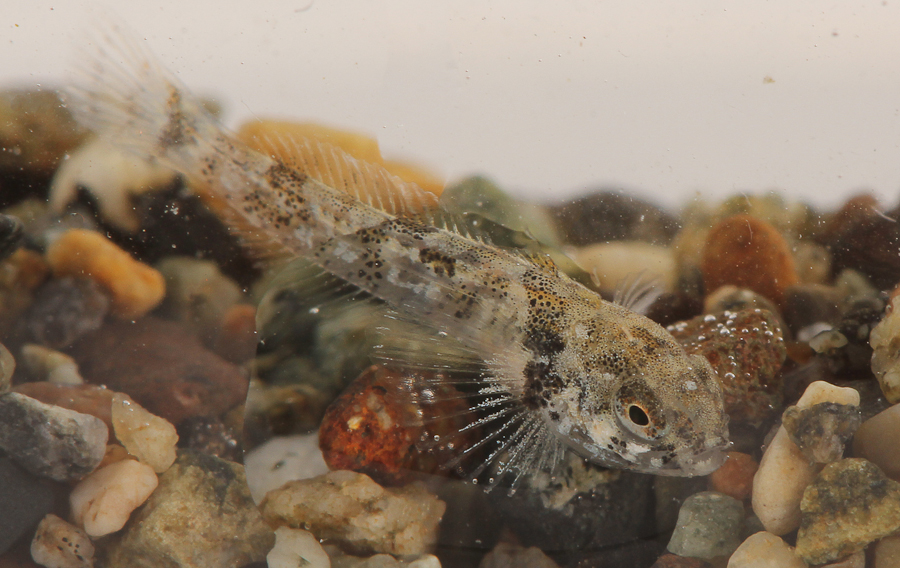
-
A small sculpin. Note strange water artifact from drop on outside…
-
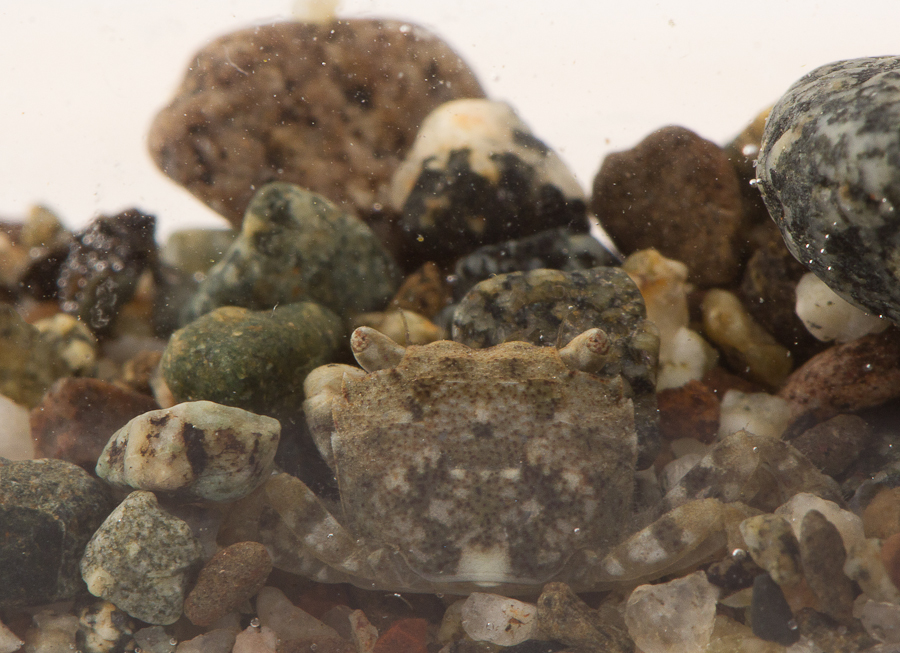
-
Shore Crab
-
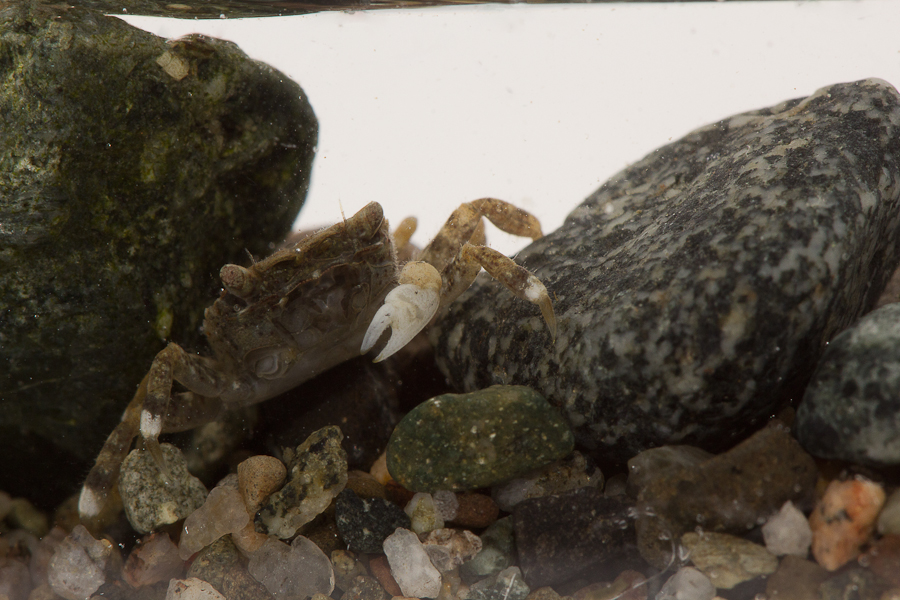
-
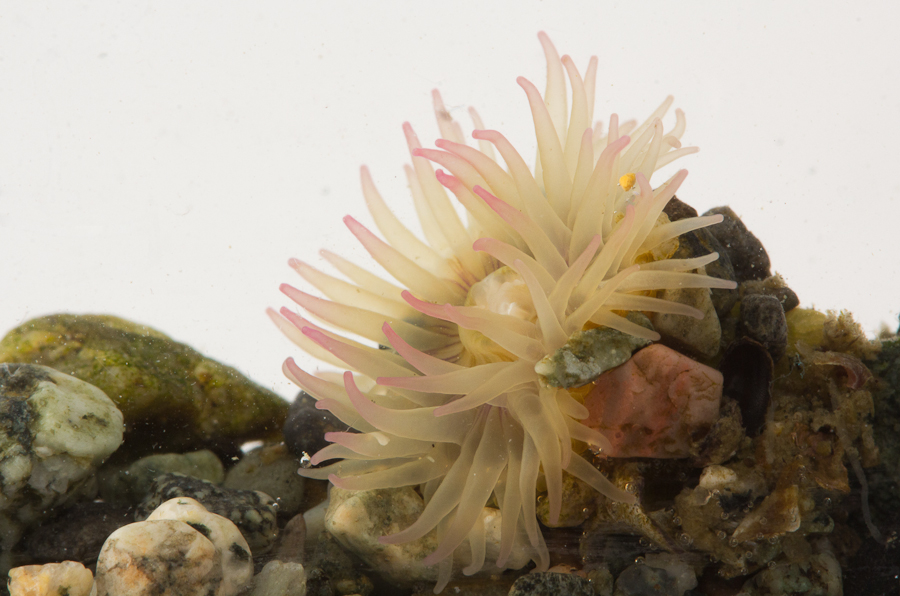
-
Anemone
-

-
Hermit crabs are abundant and entertaining subjects.
-
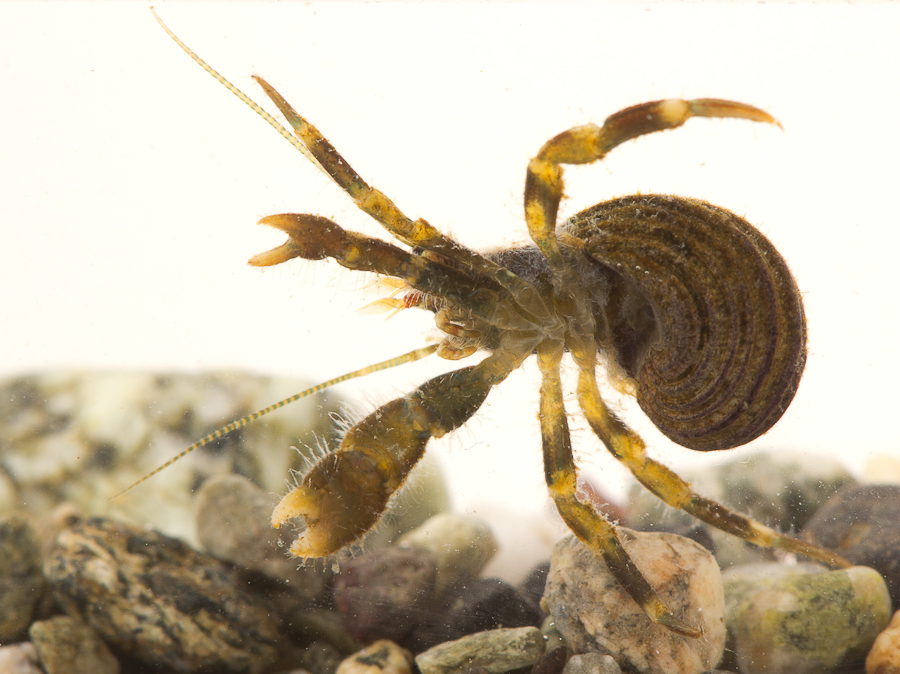
-
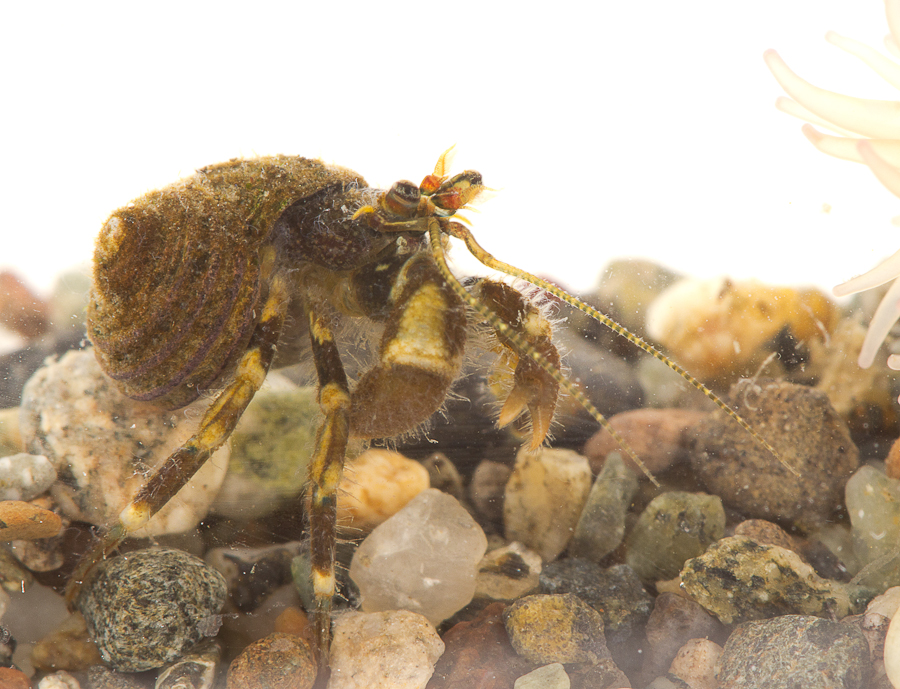
-
Some lowered contrast at the bottom indicates unwelcome reflections…It would be better to have a black base.
-
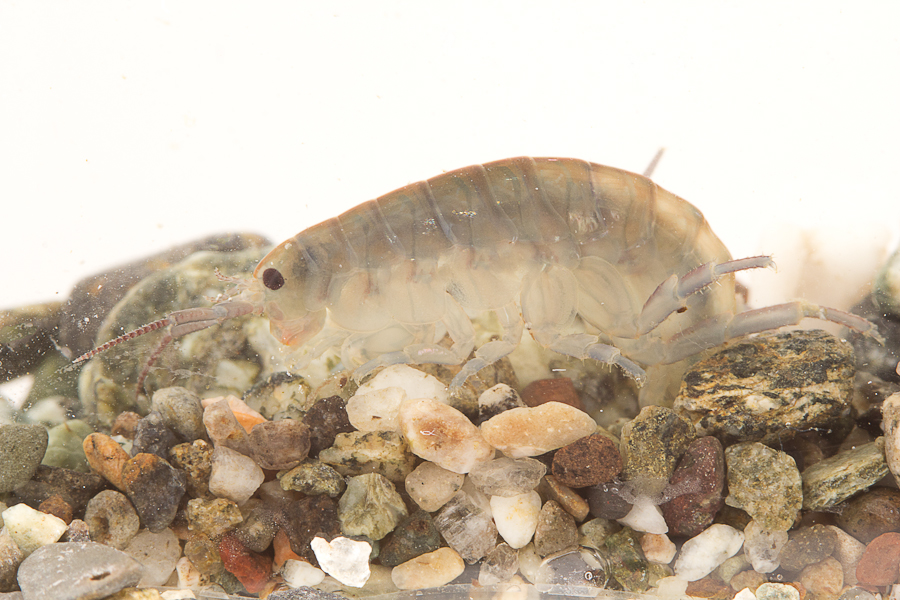
-
Amphipod
-

-
Other Amphipod!
-
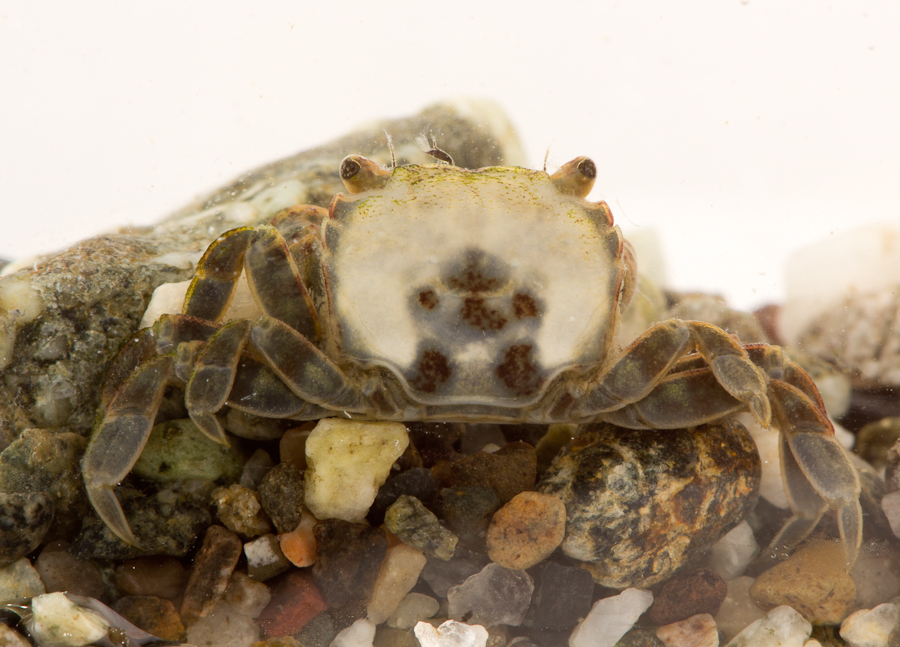
-
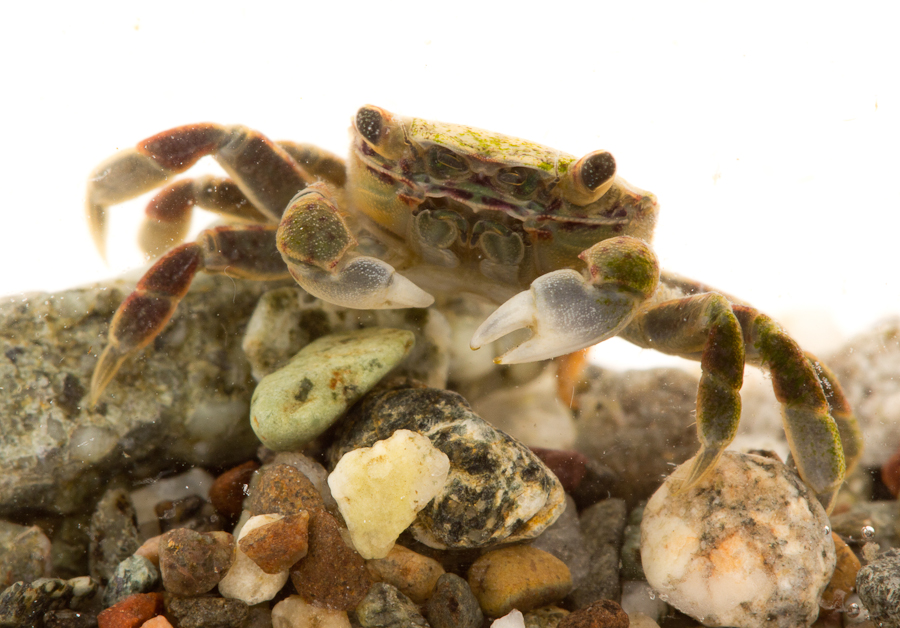
-
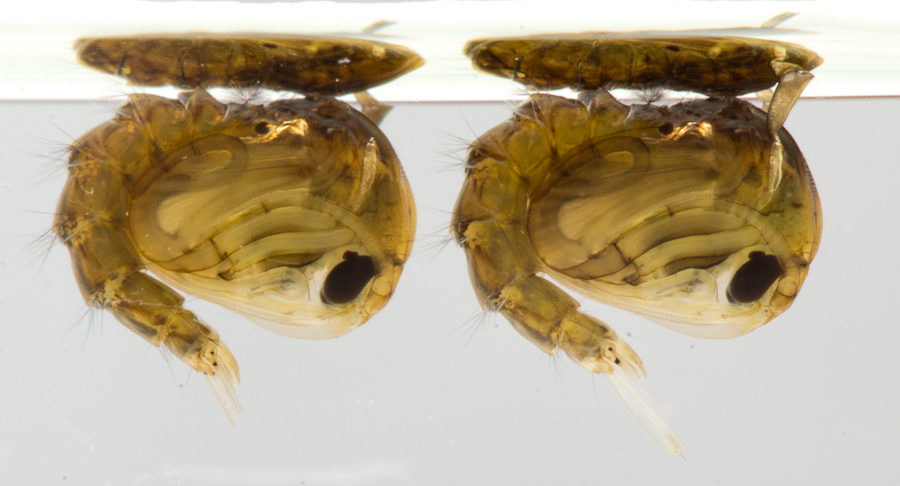
-
The smallest sized aquarium makes a good fit for narrow creatures such as mosquito pupae.
-
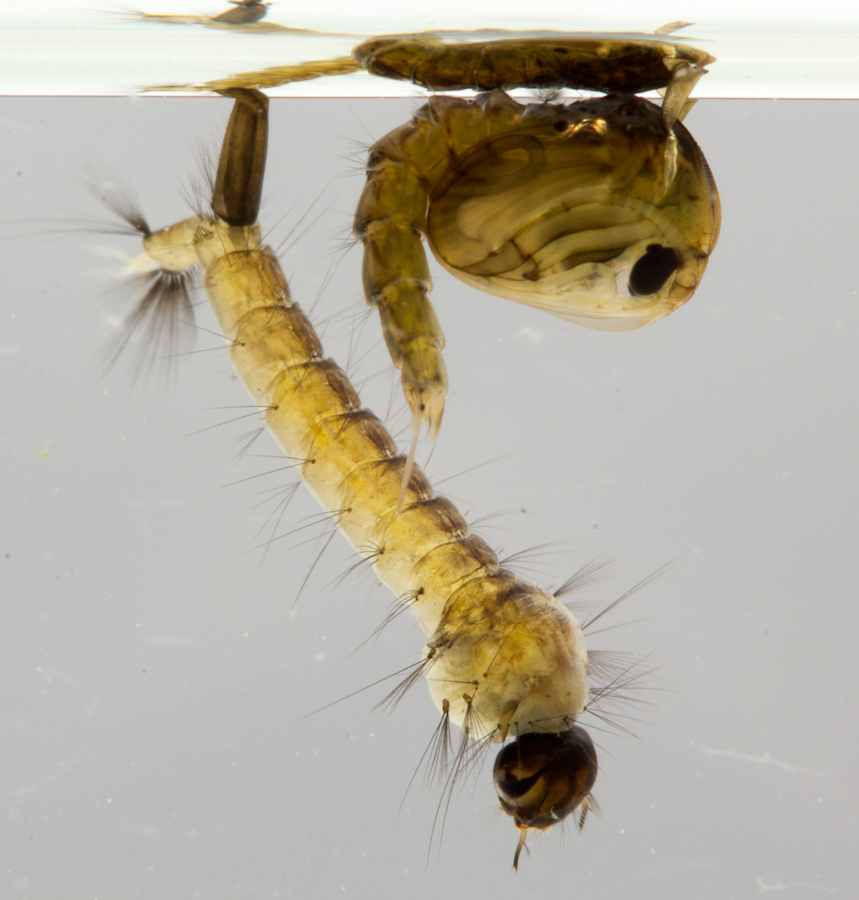
-


